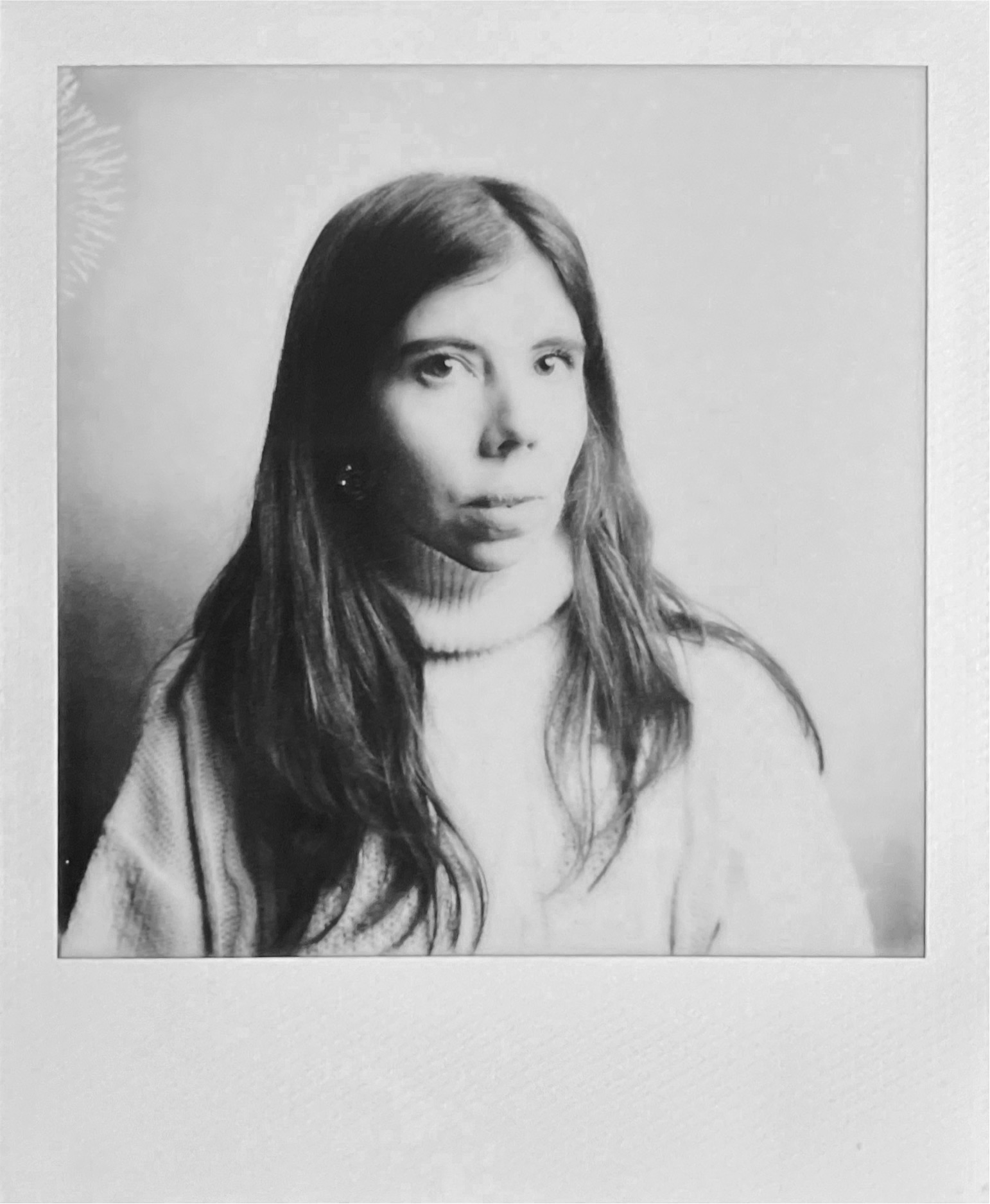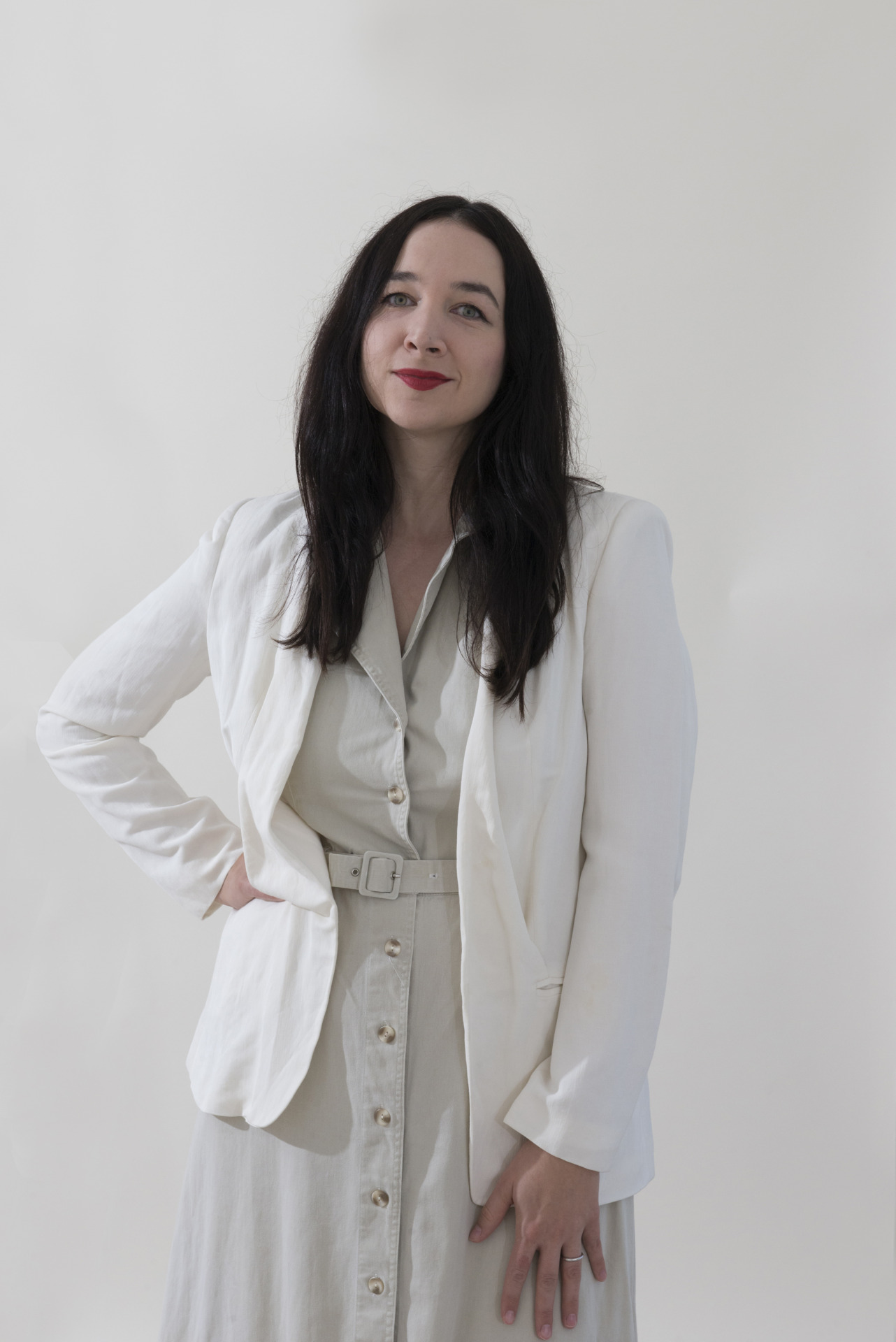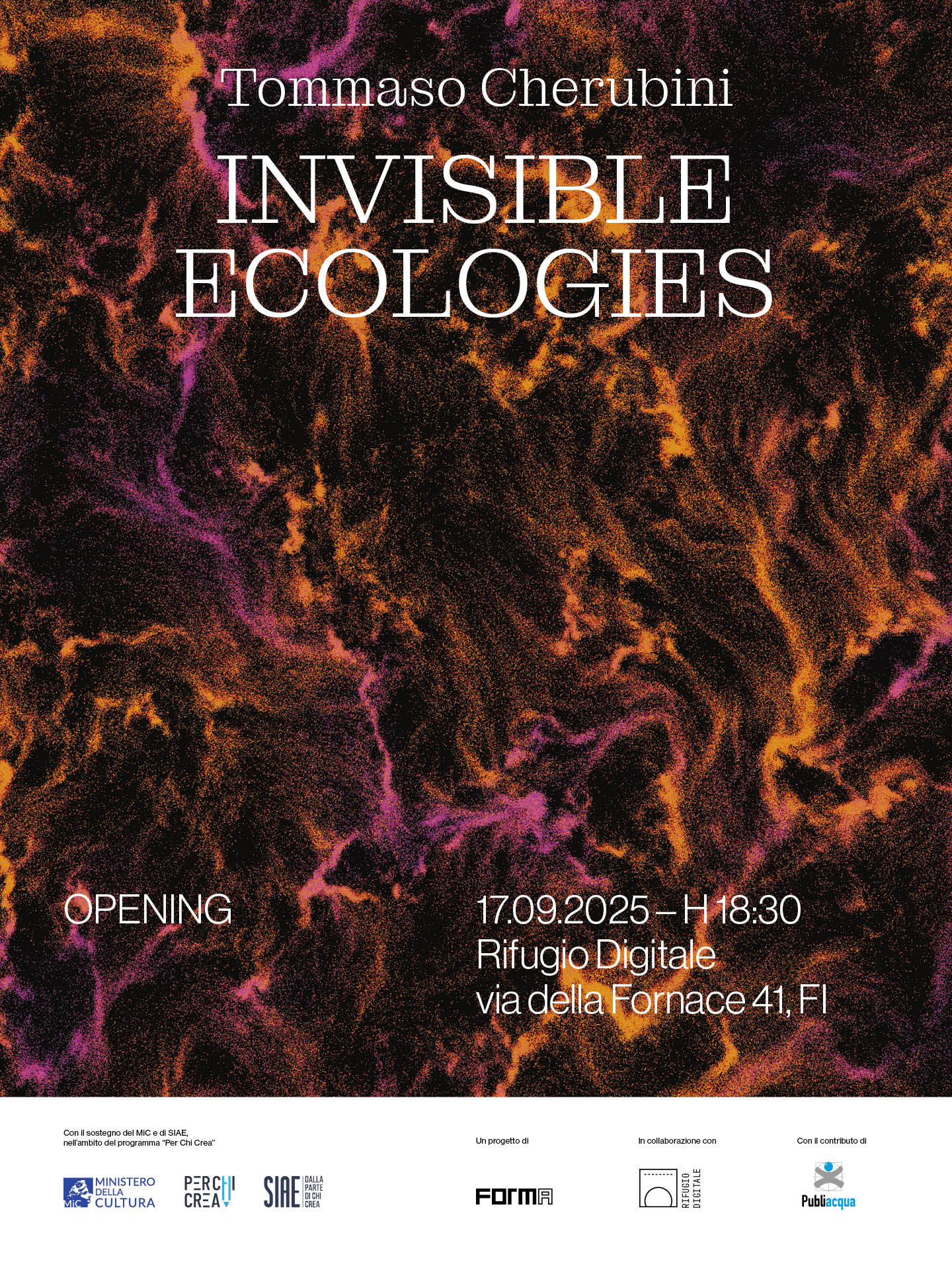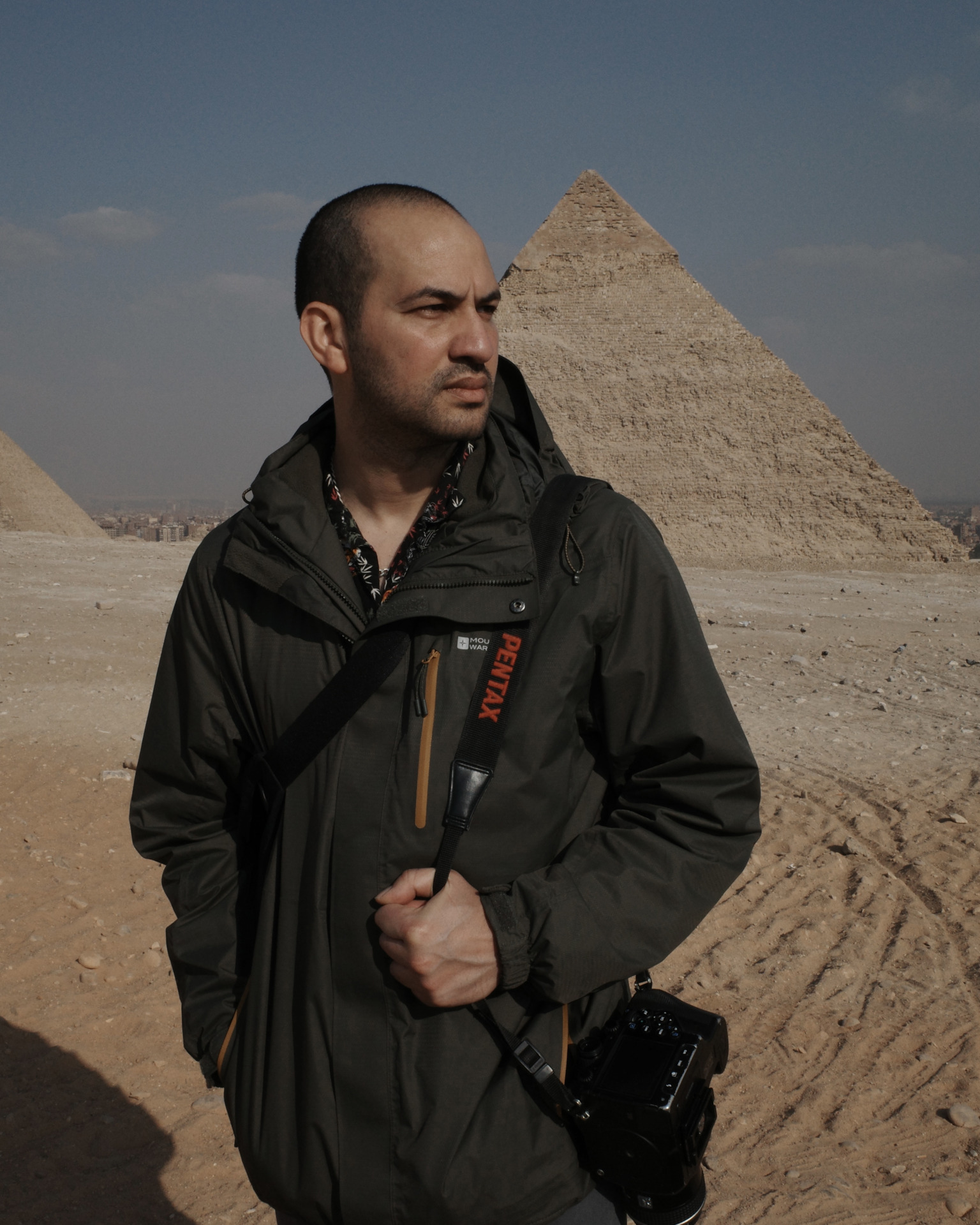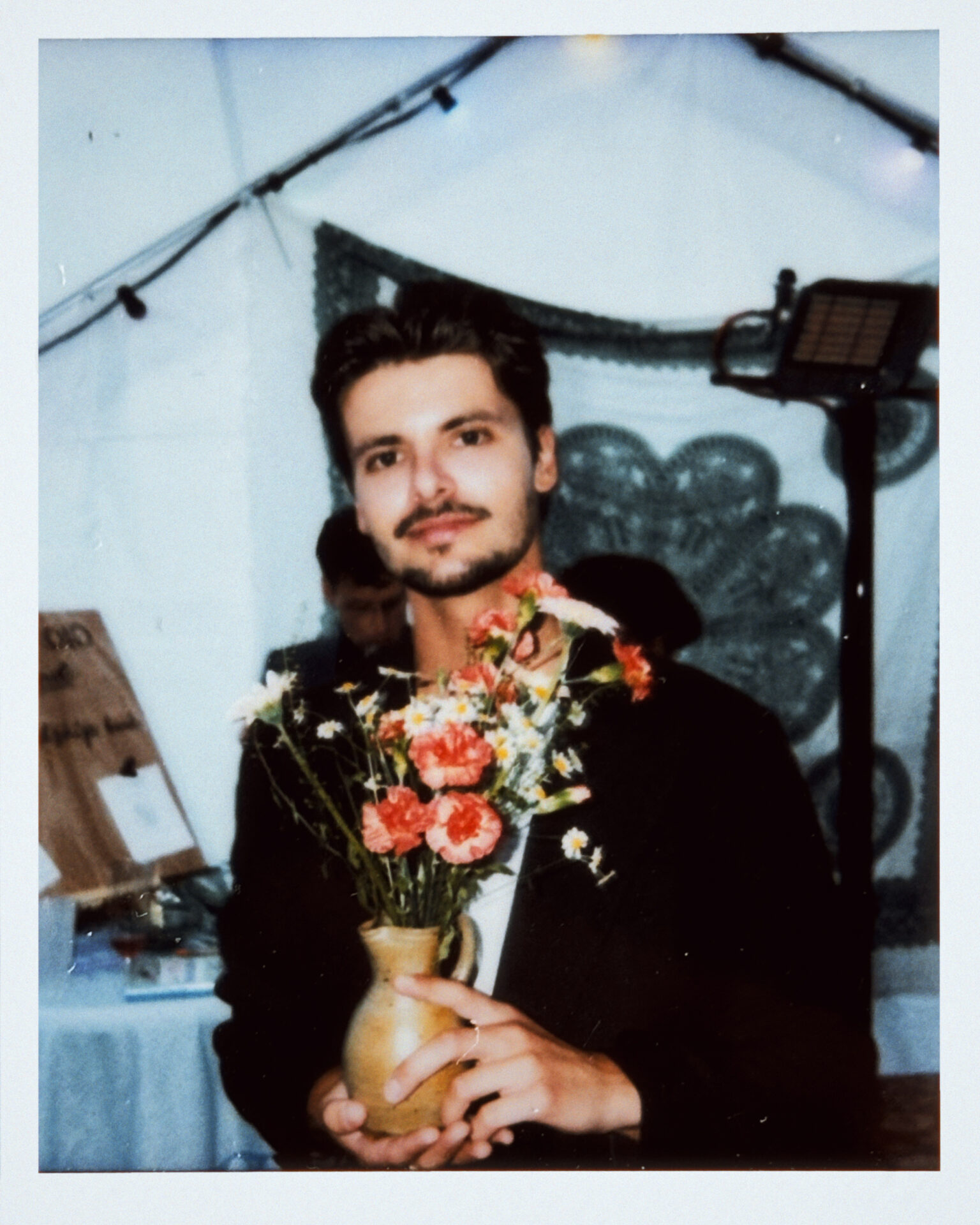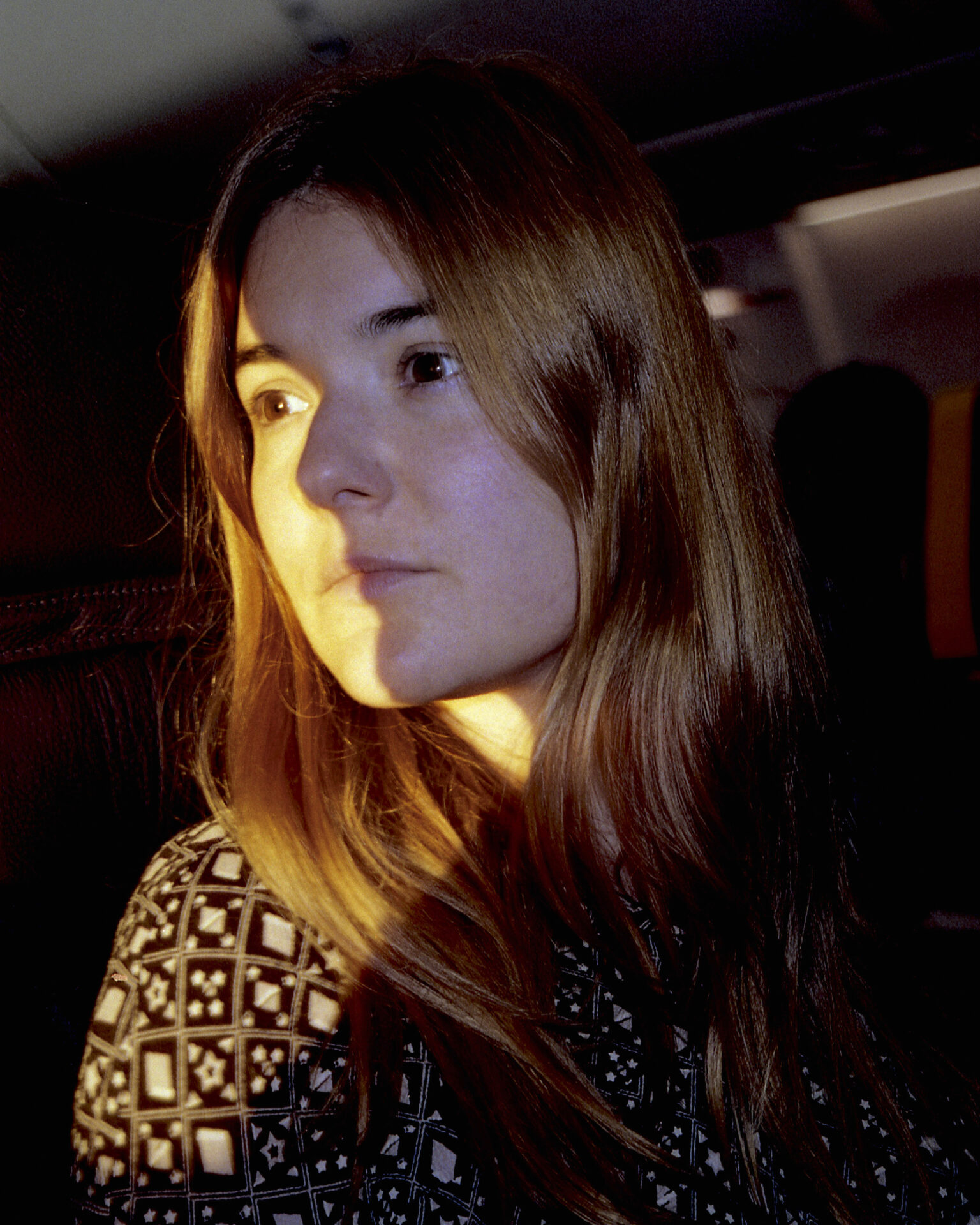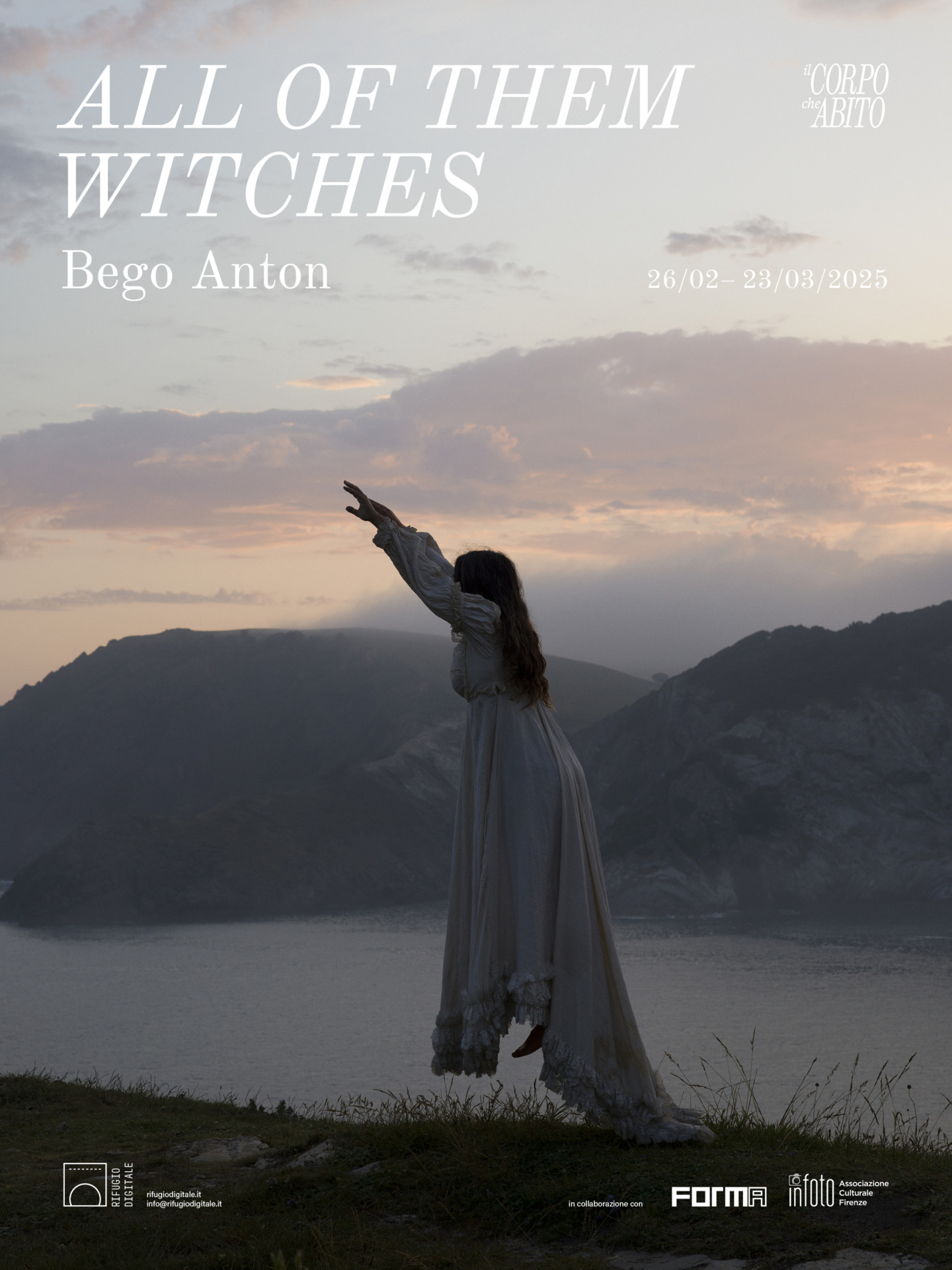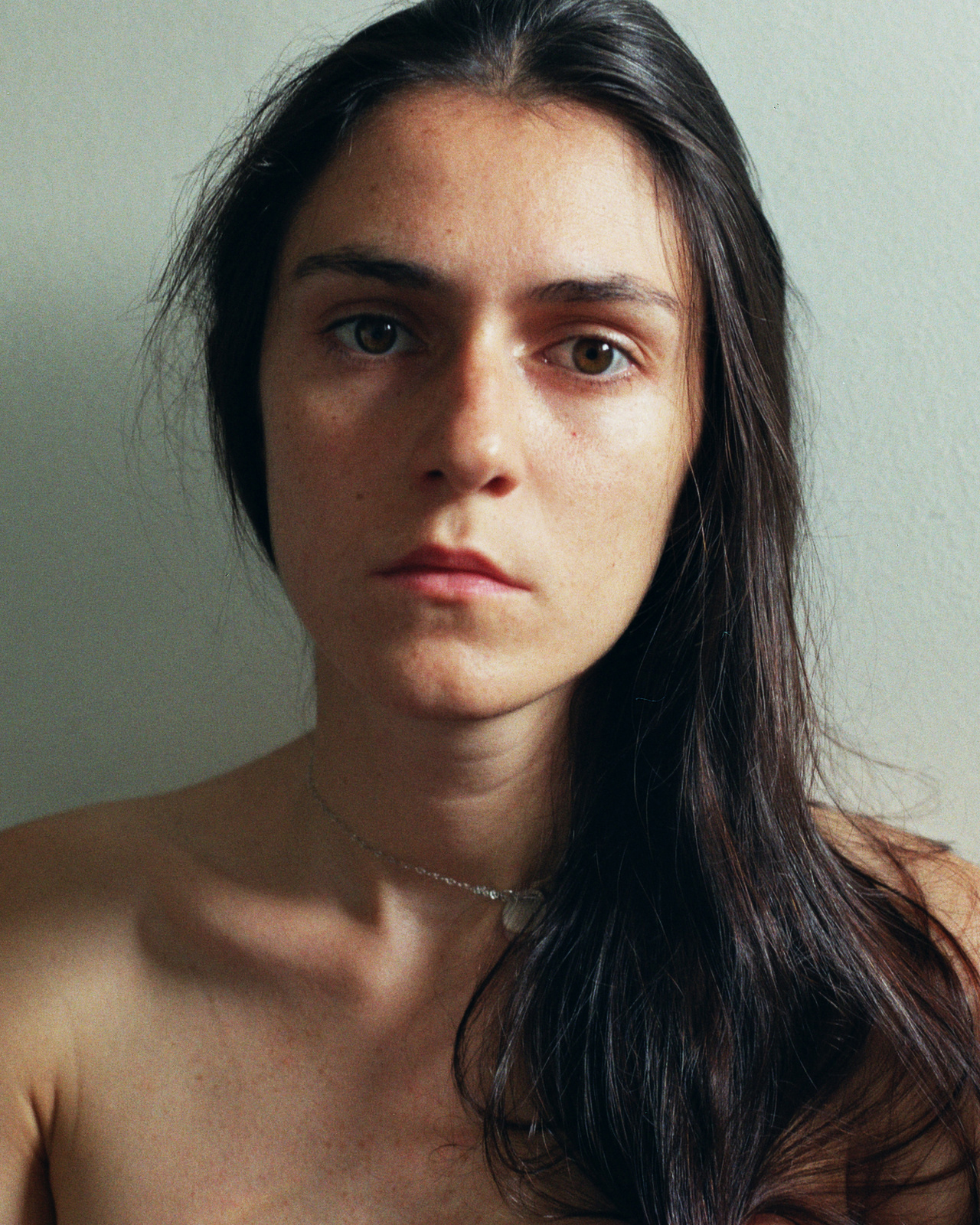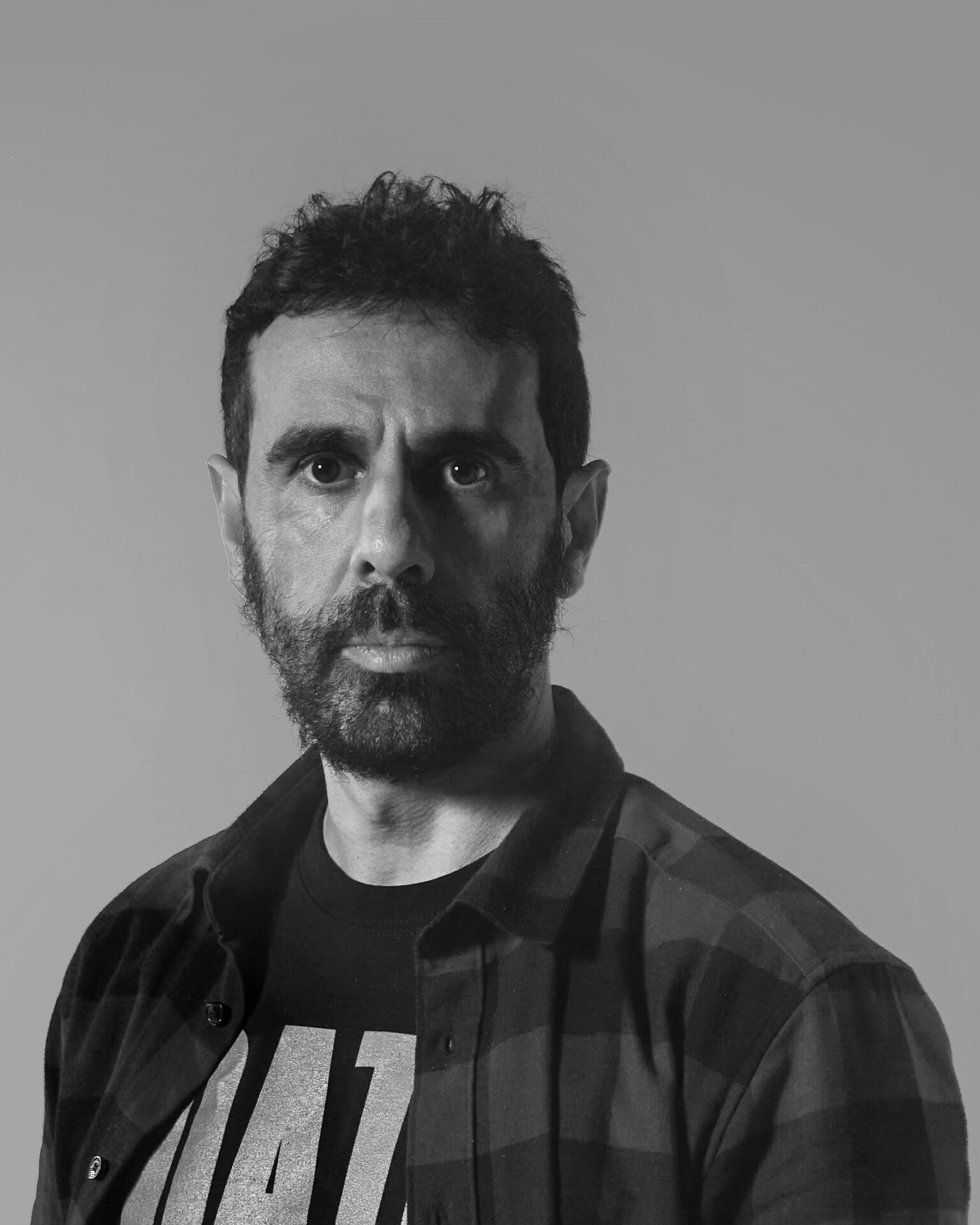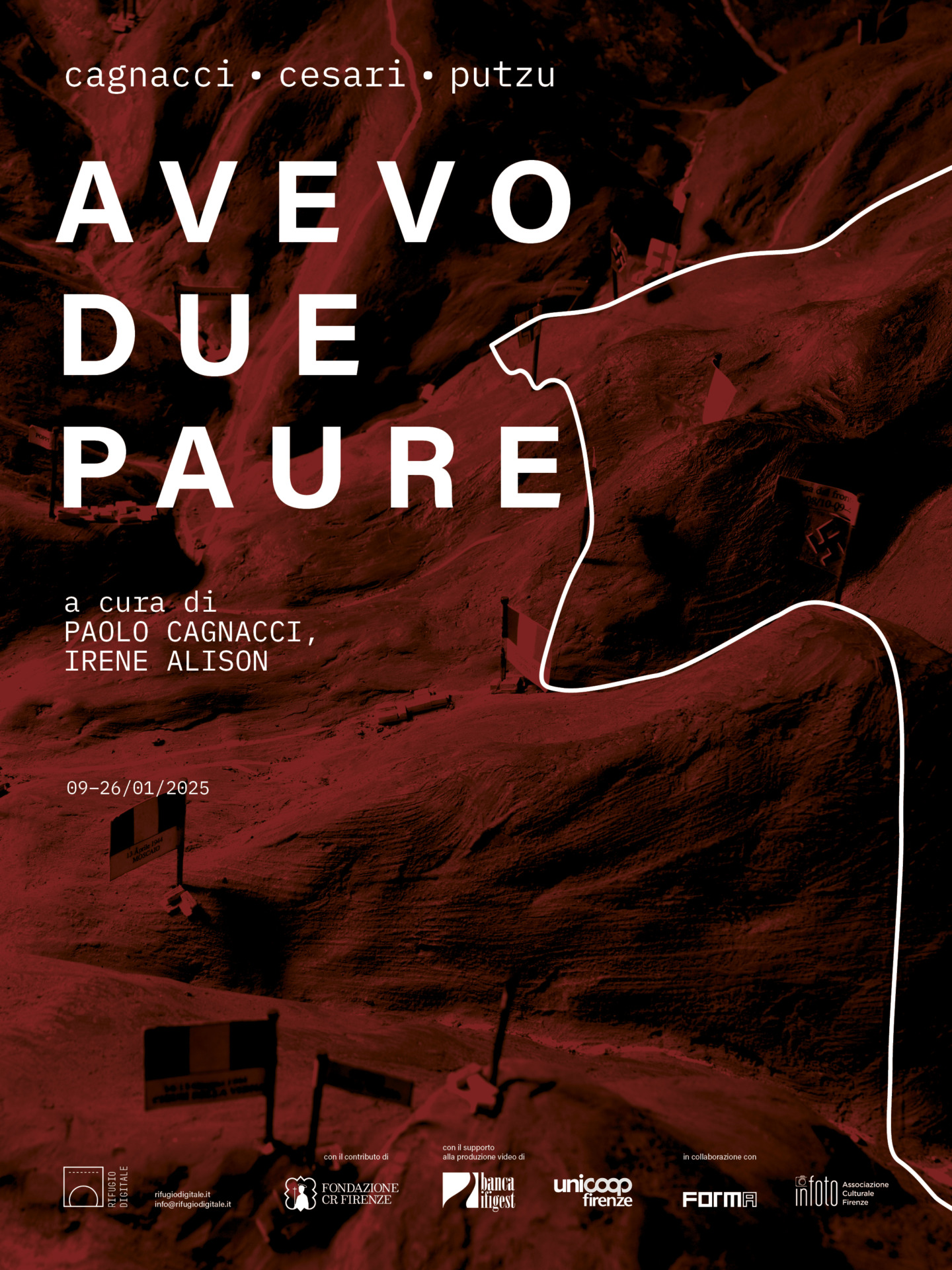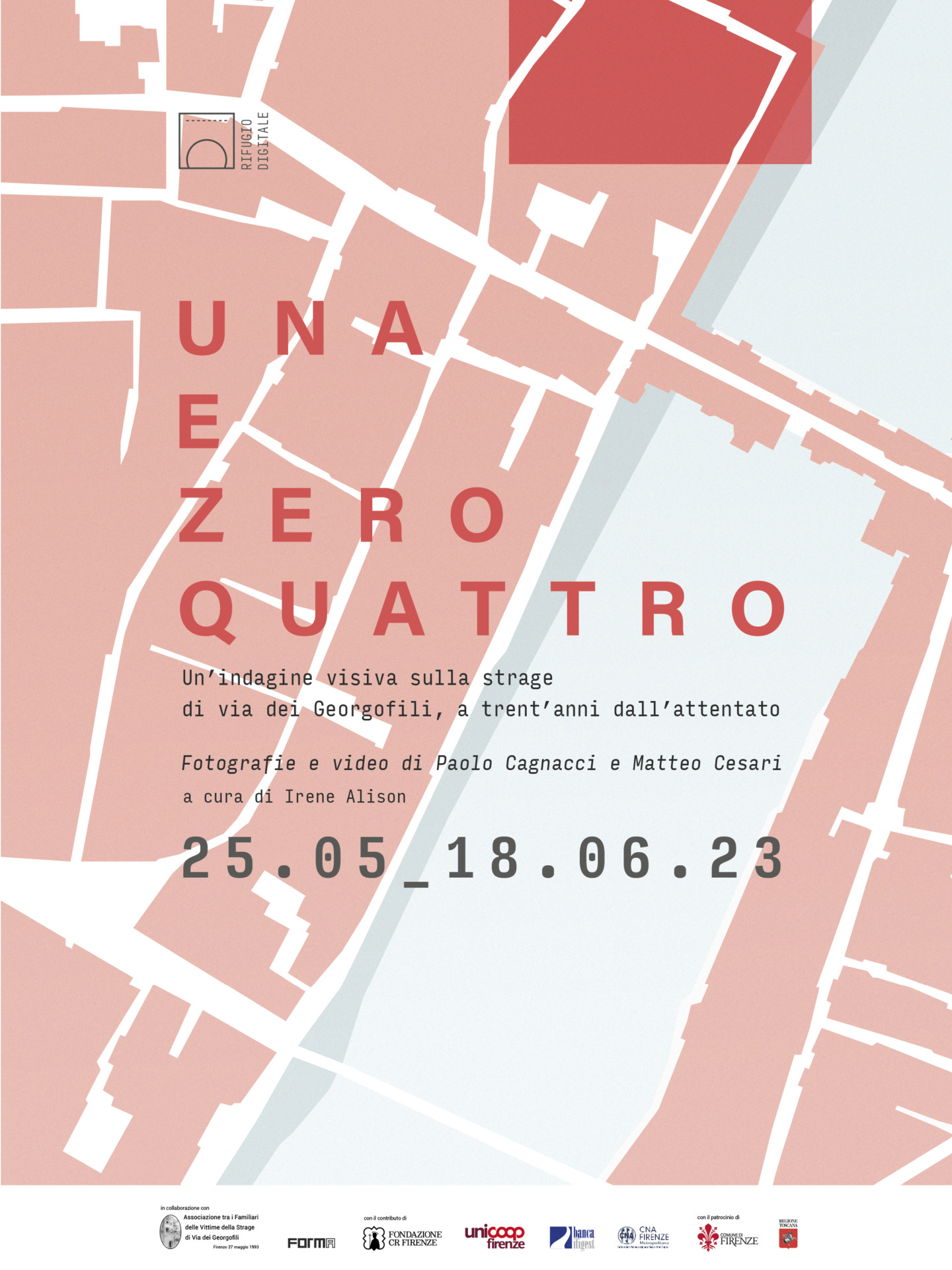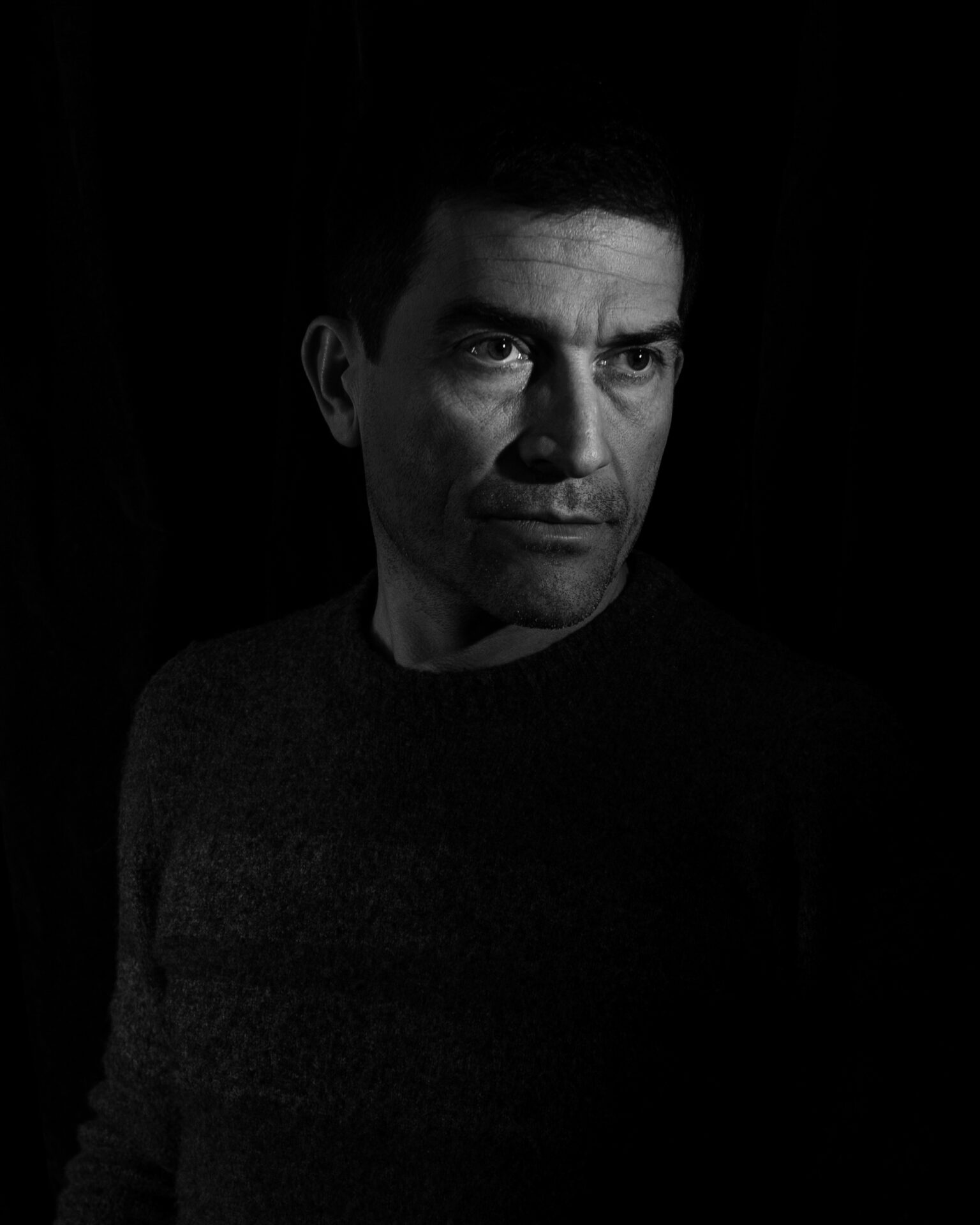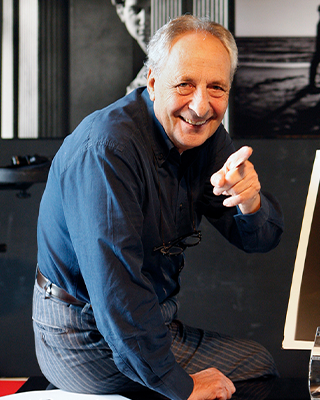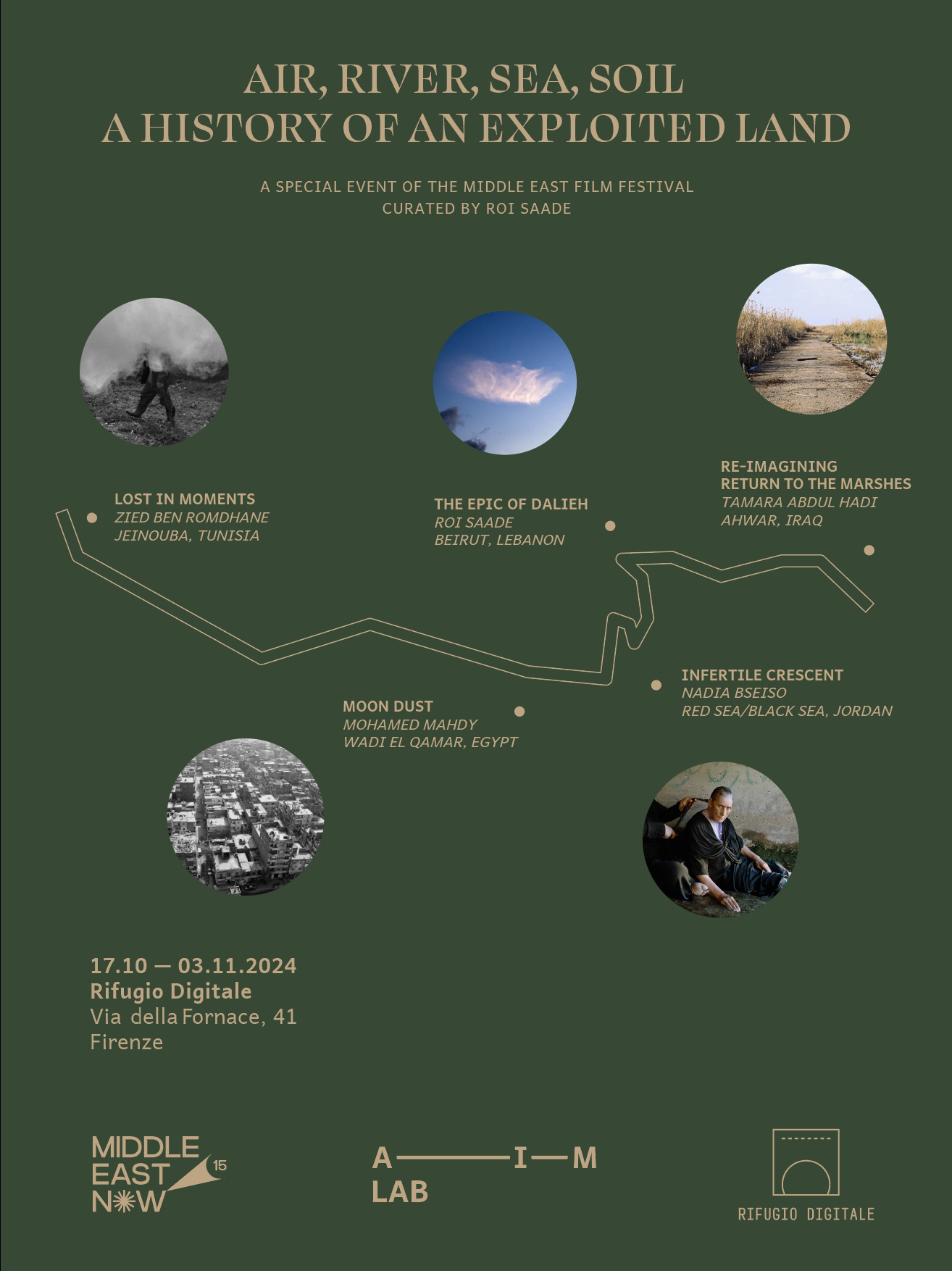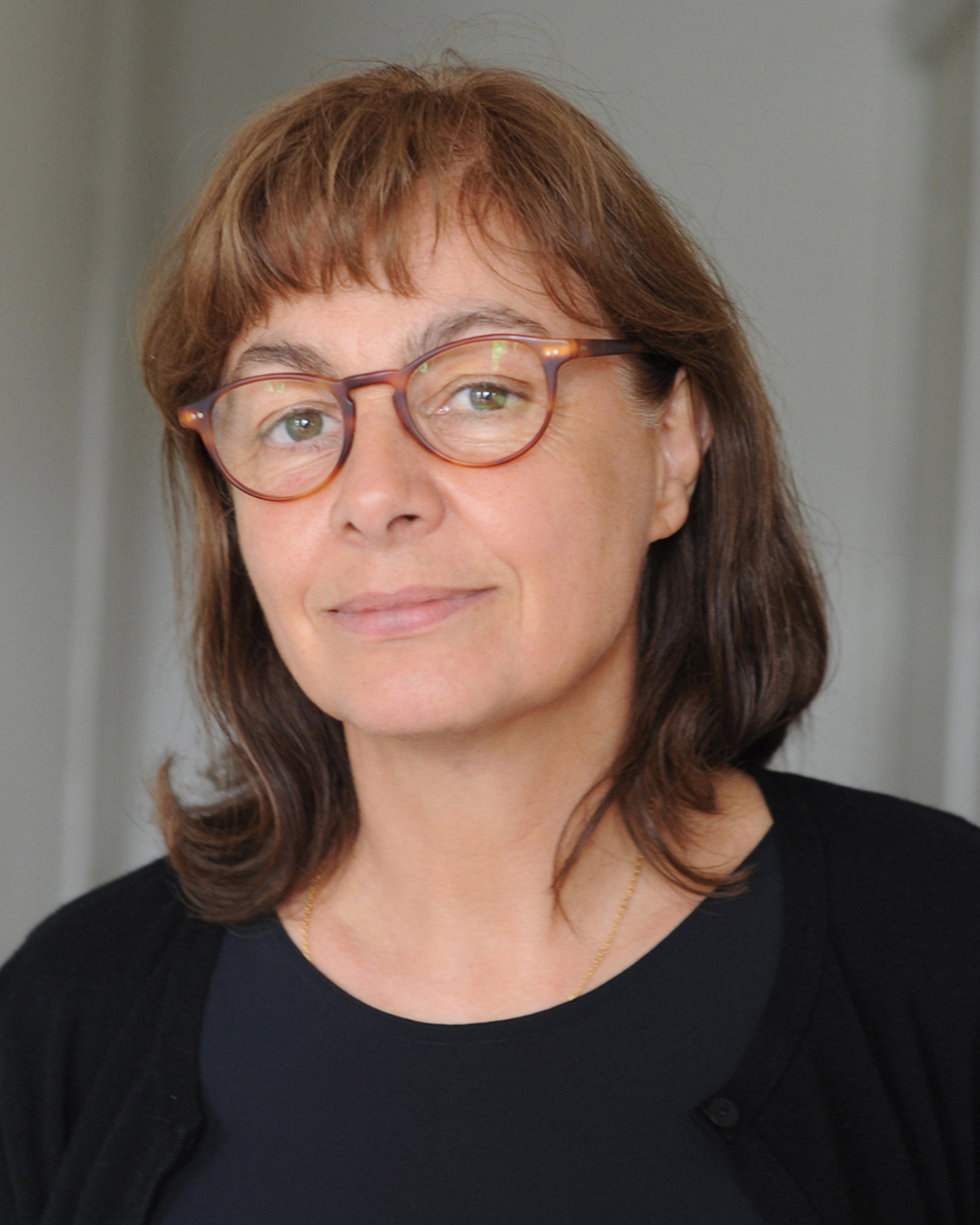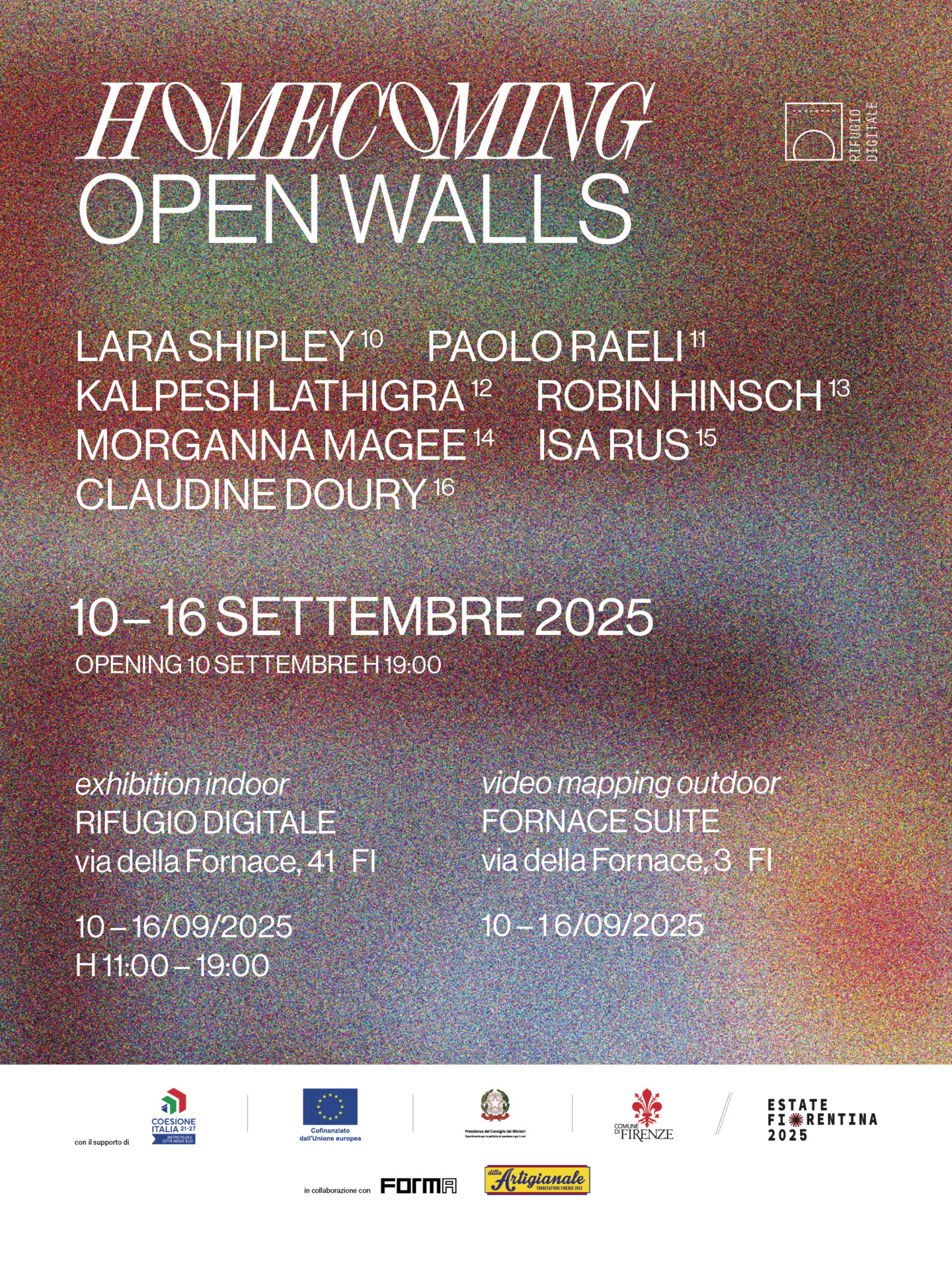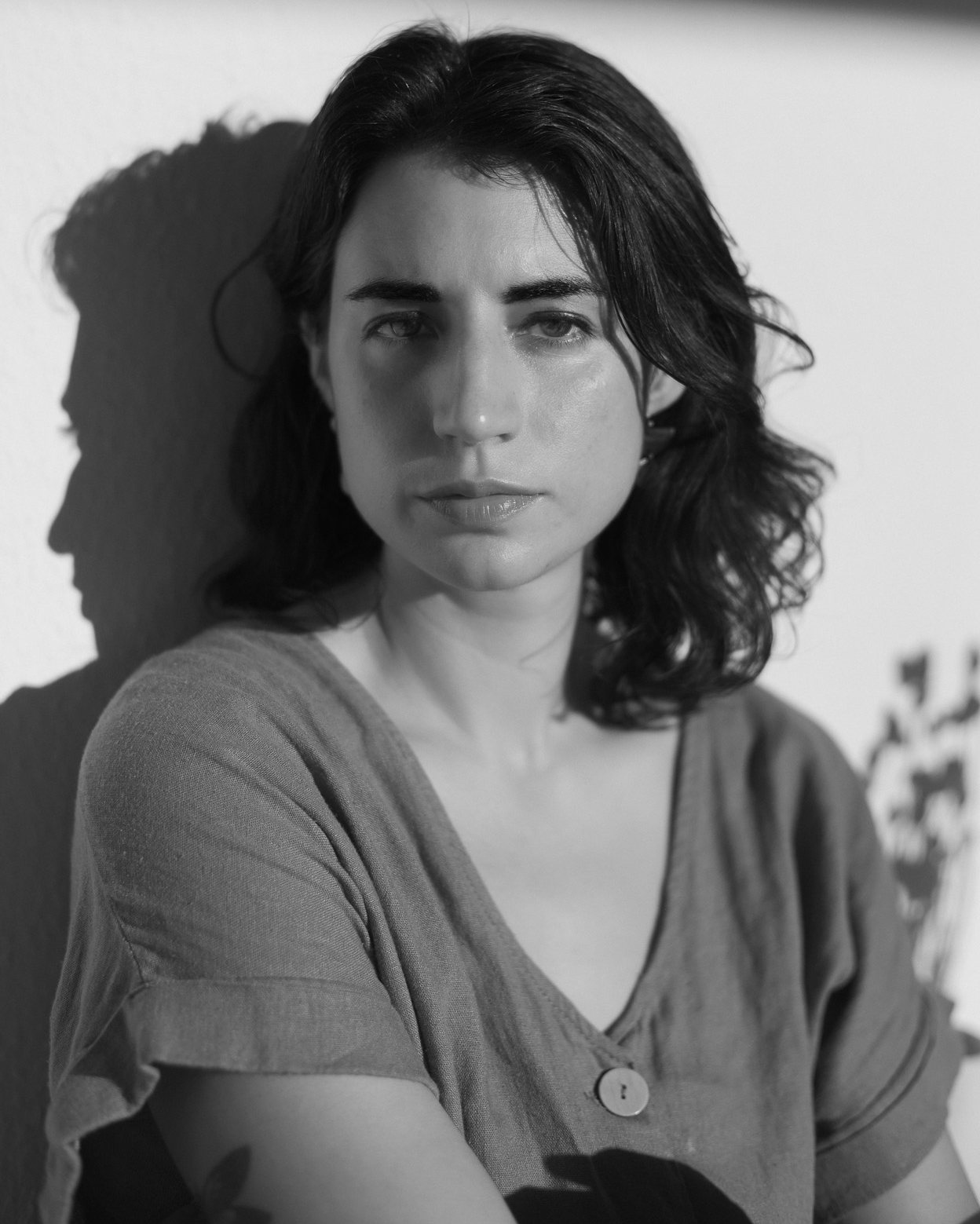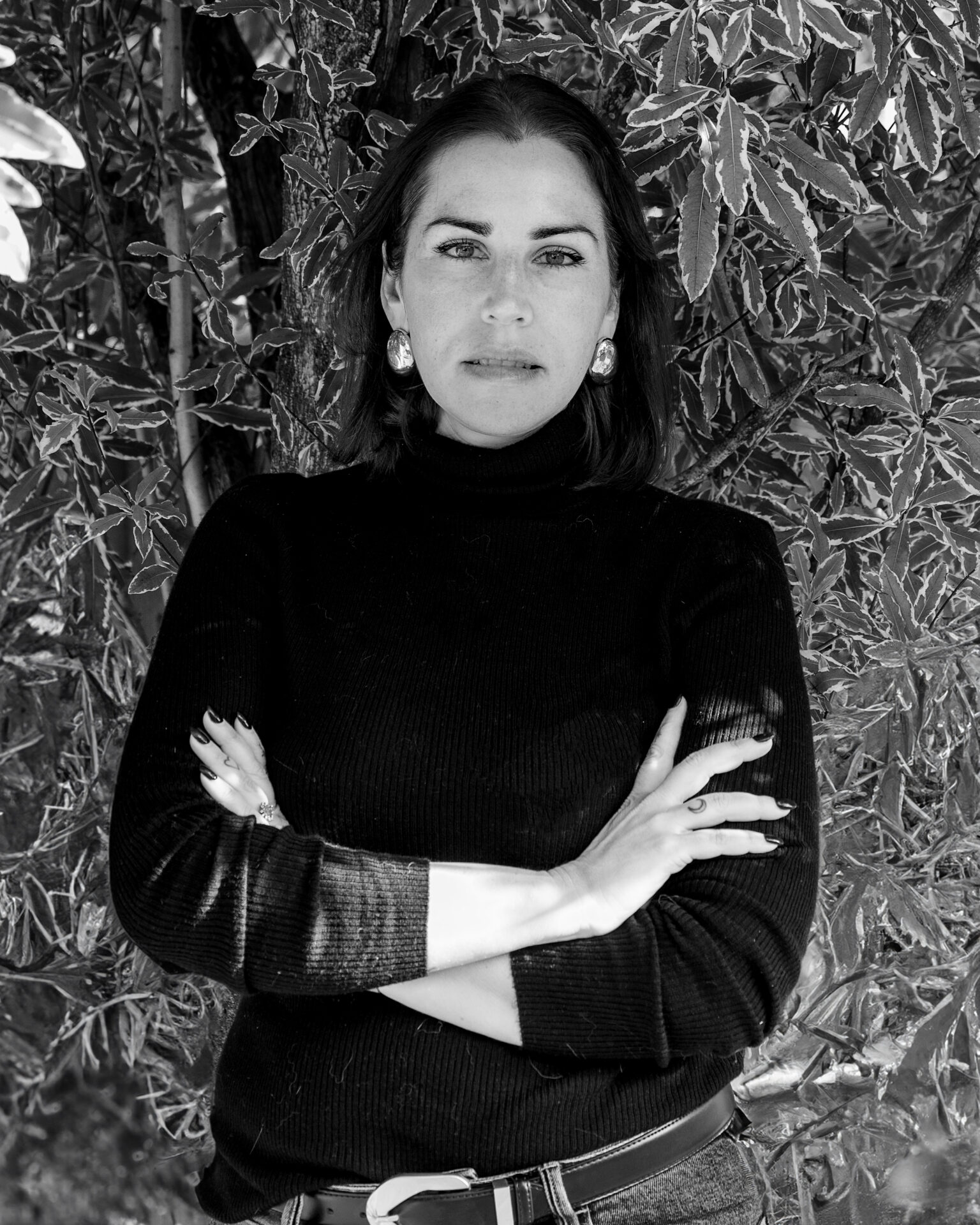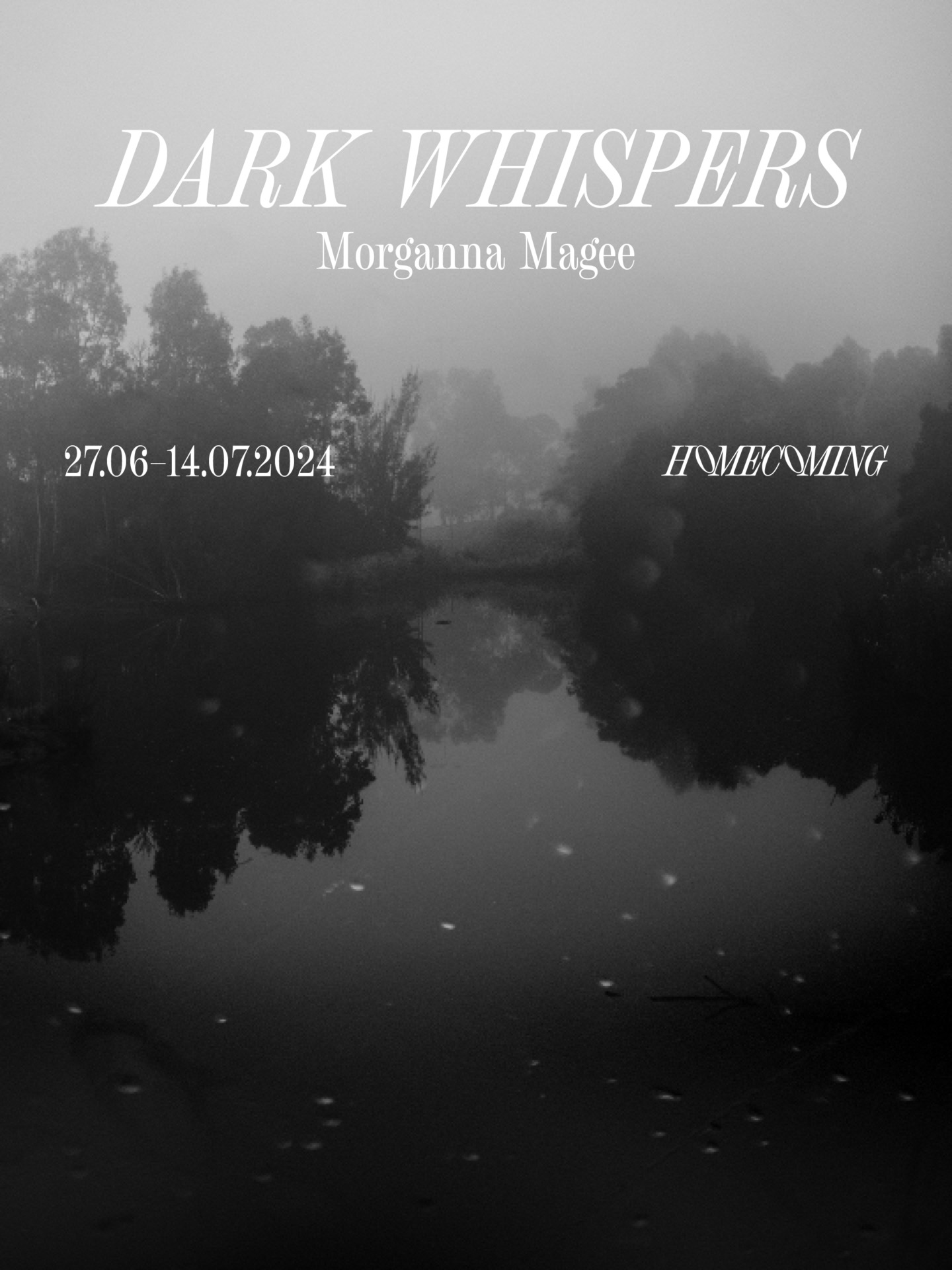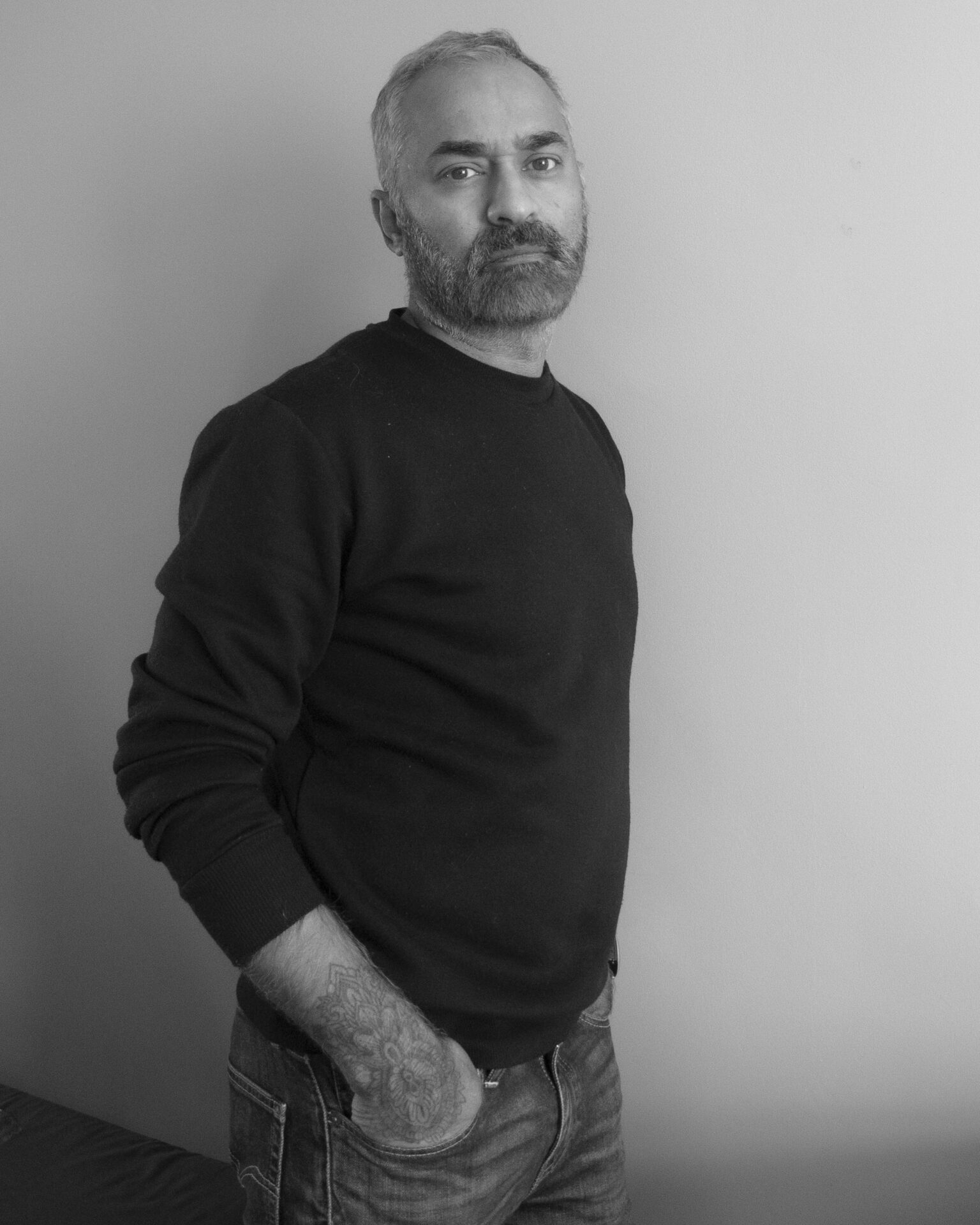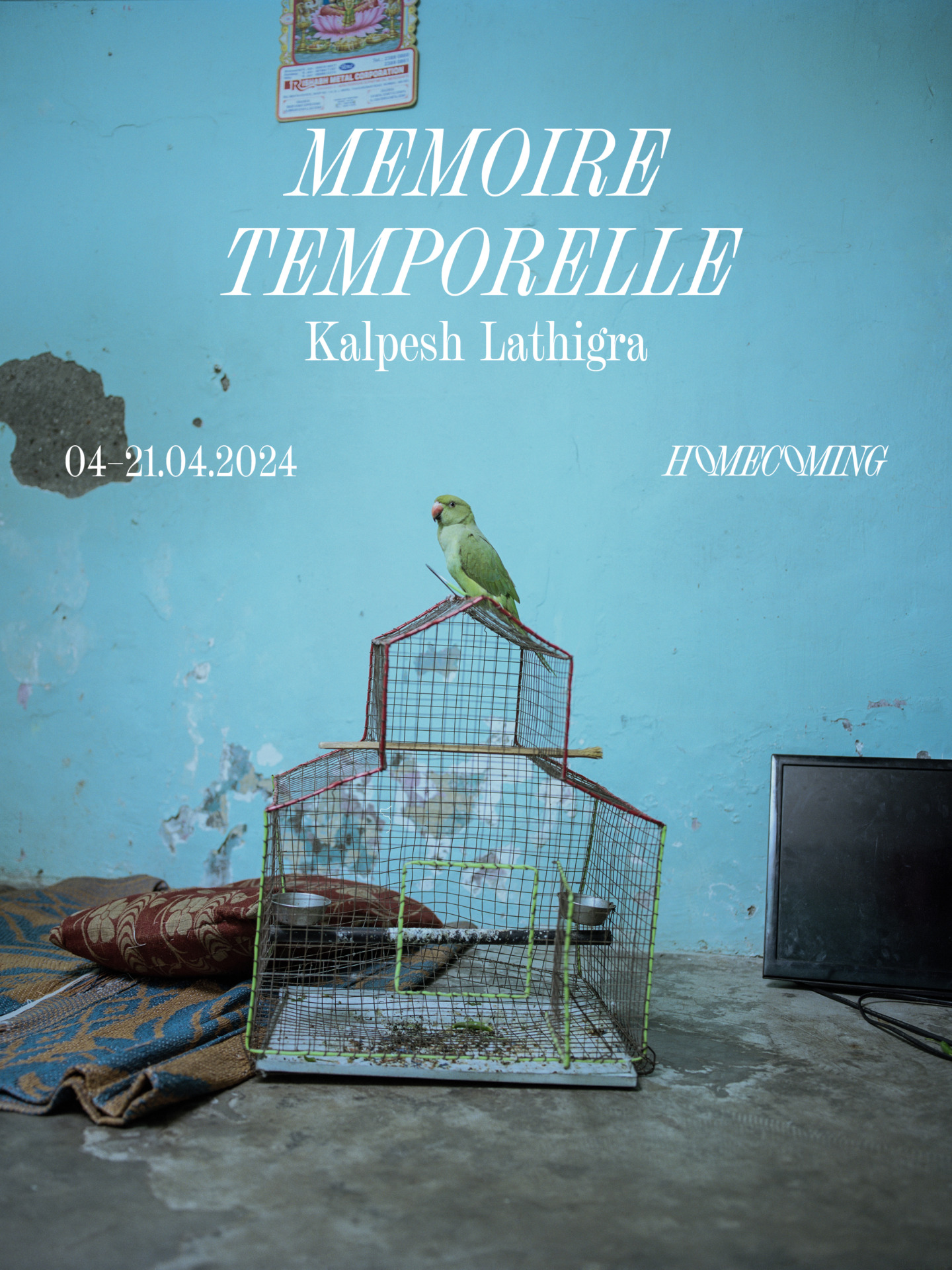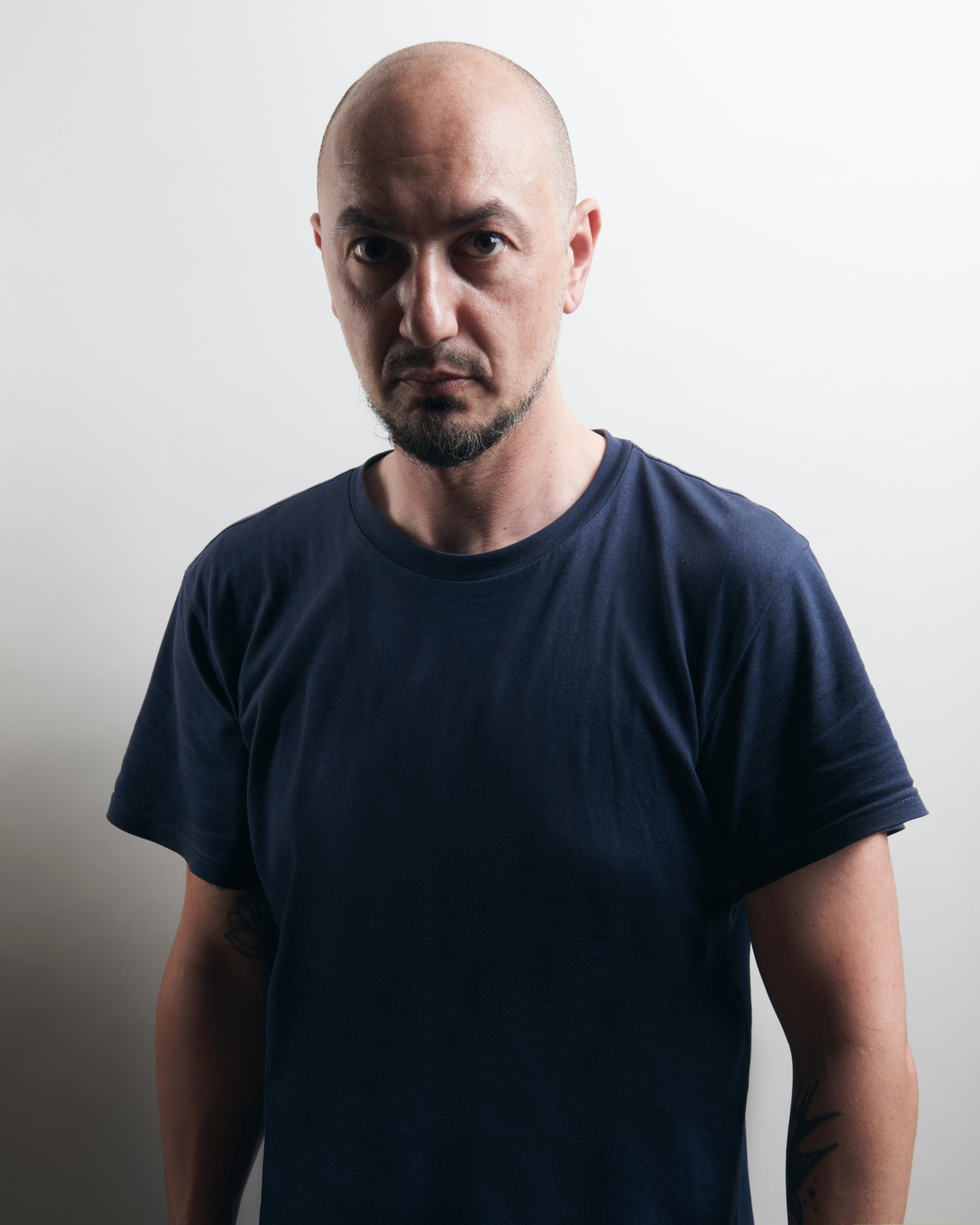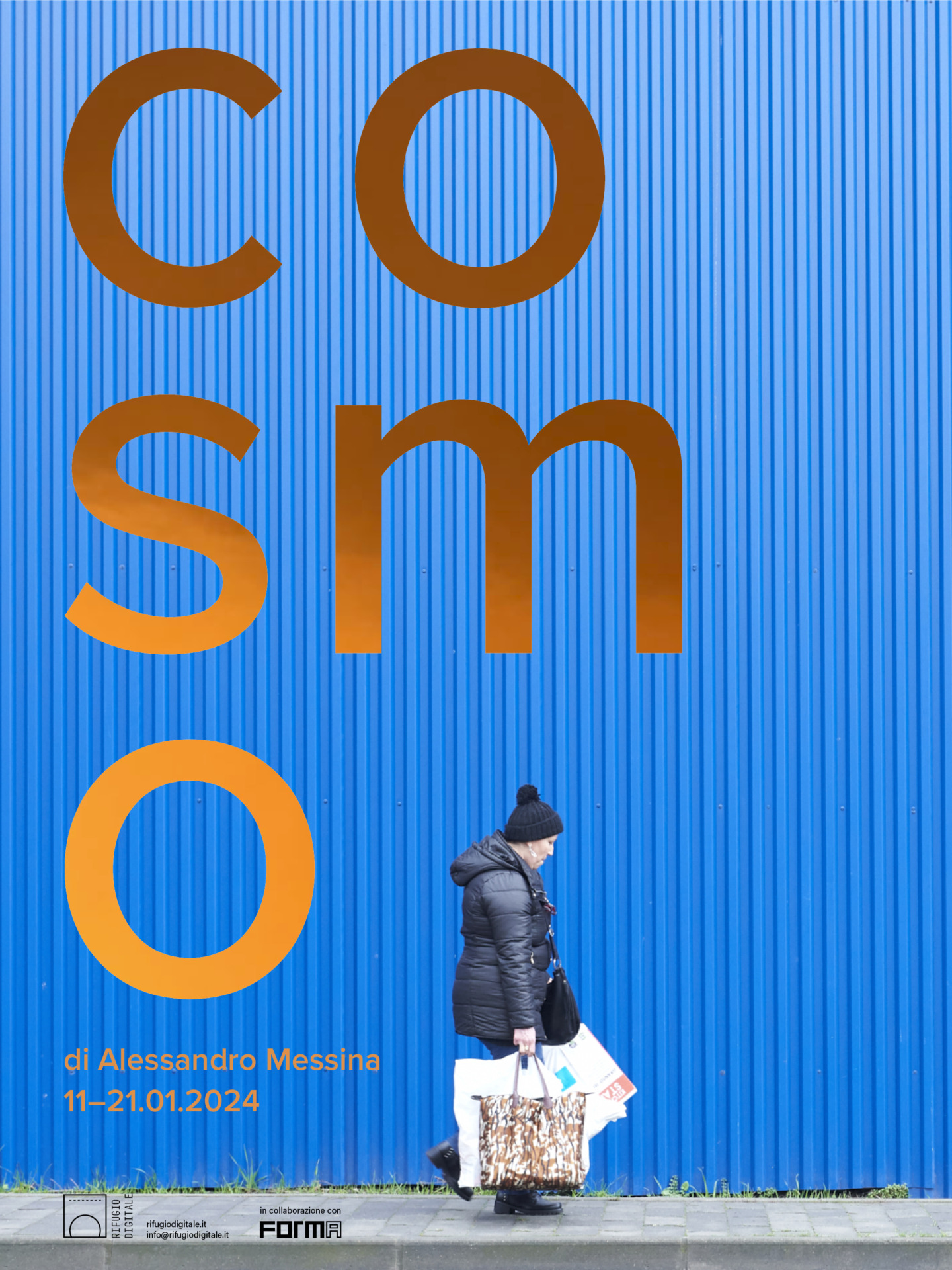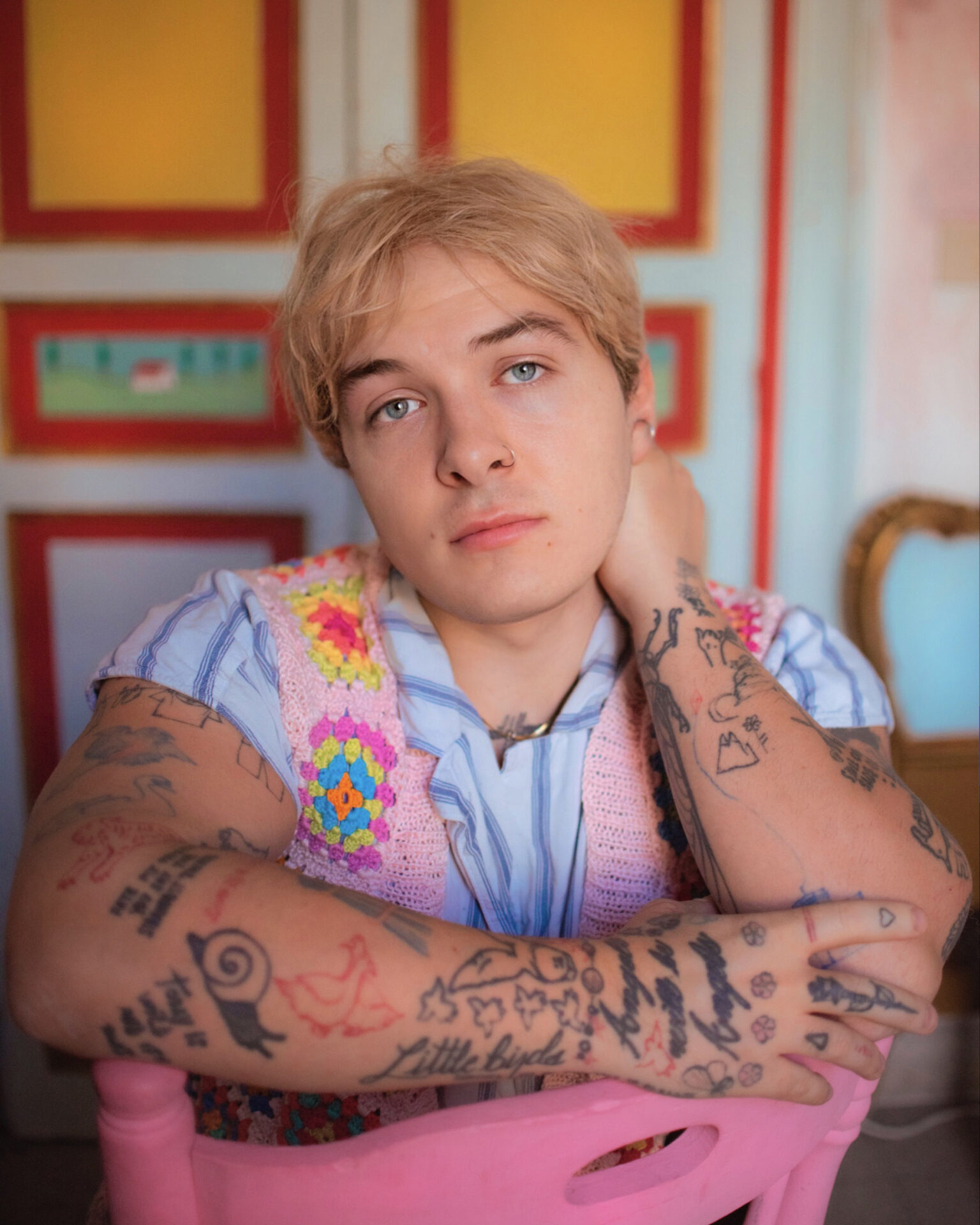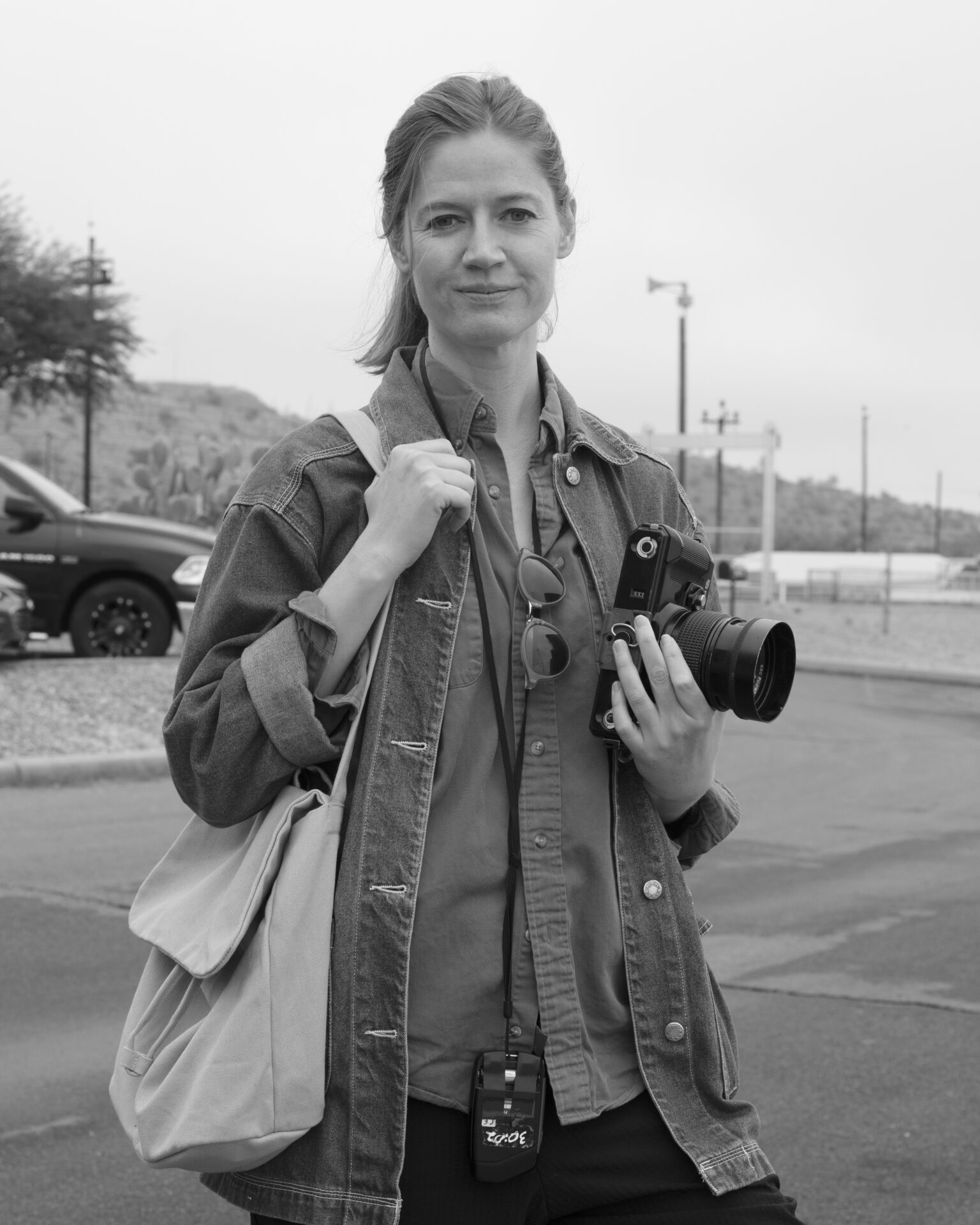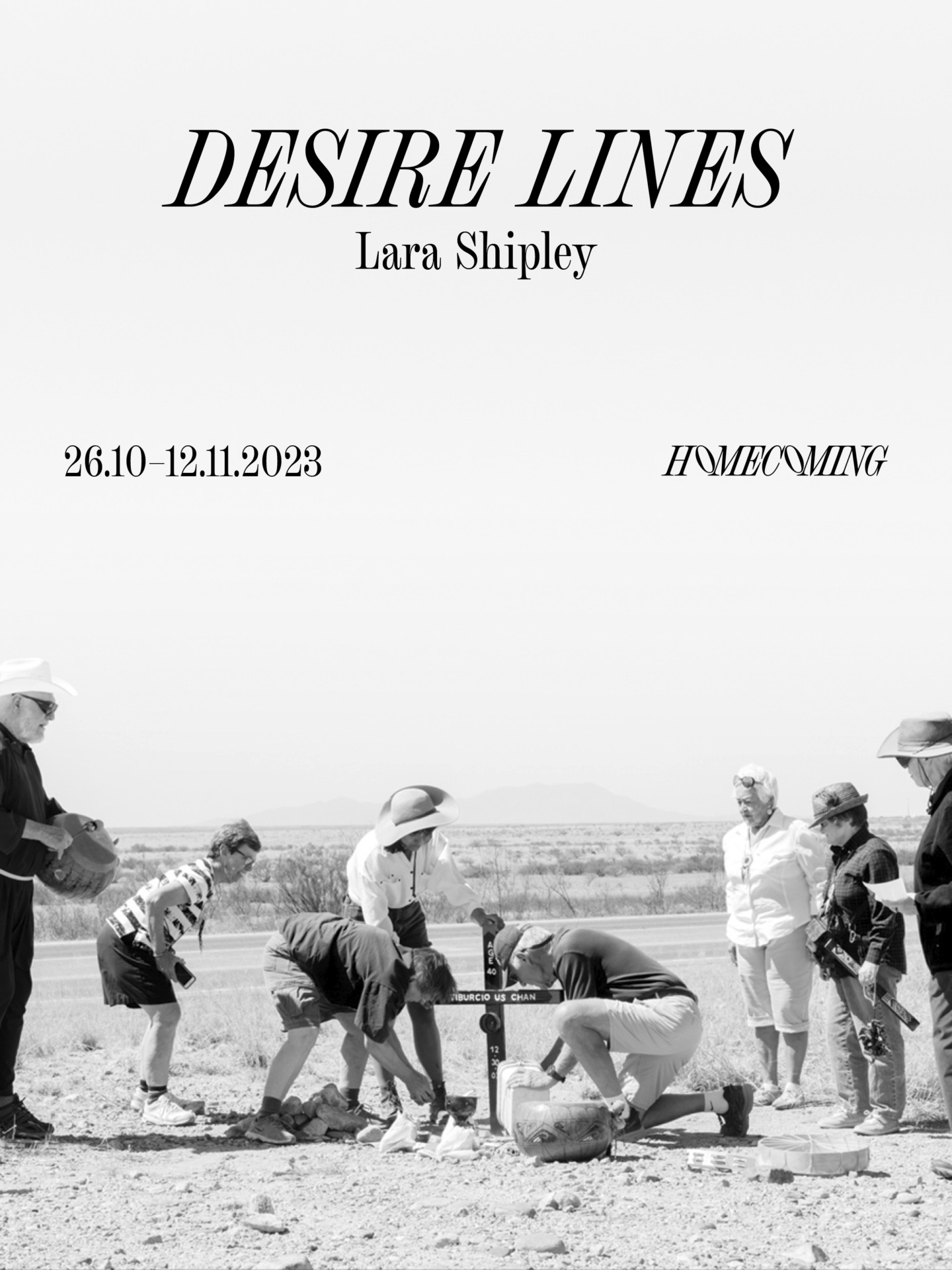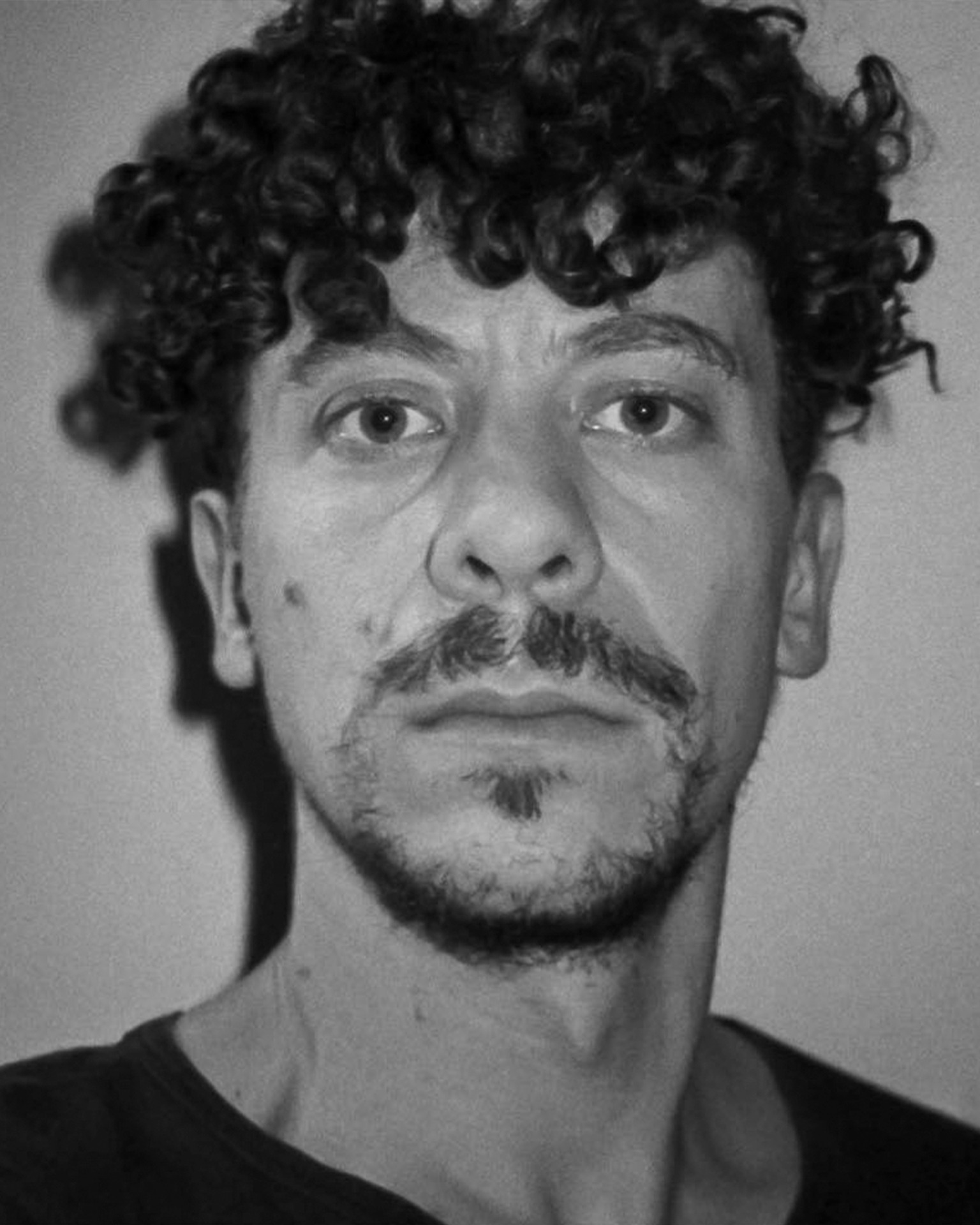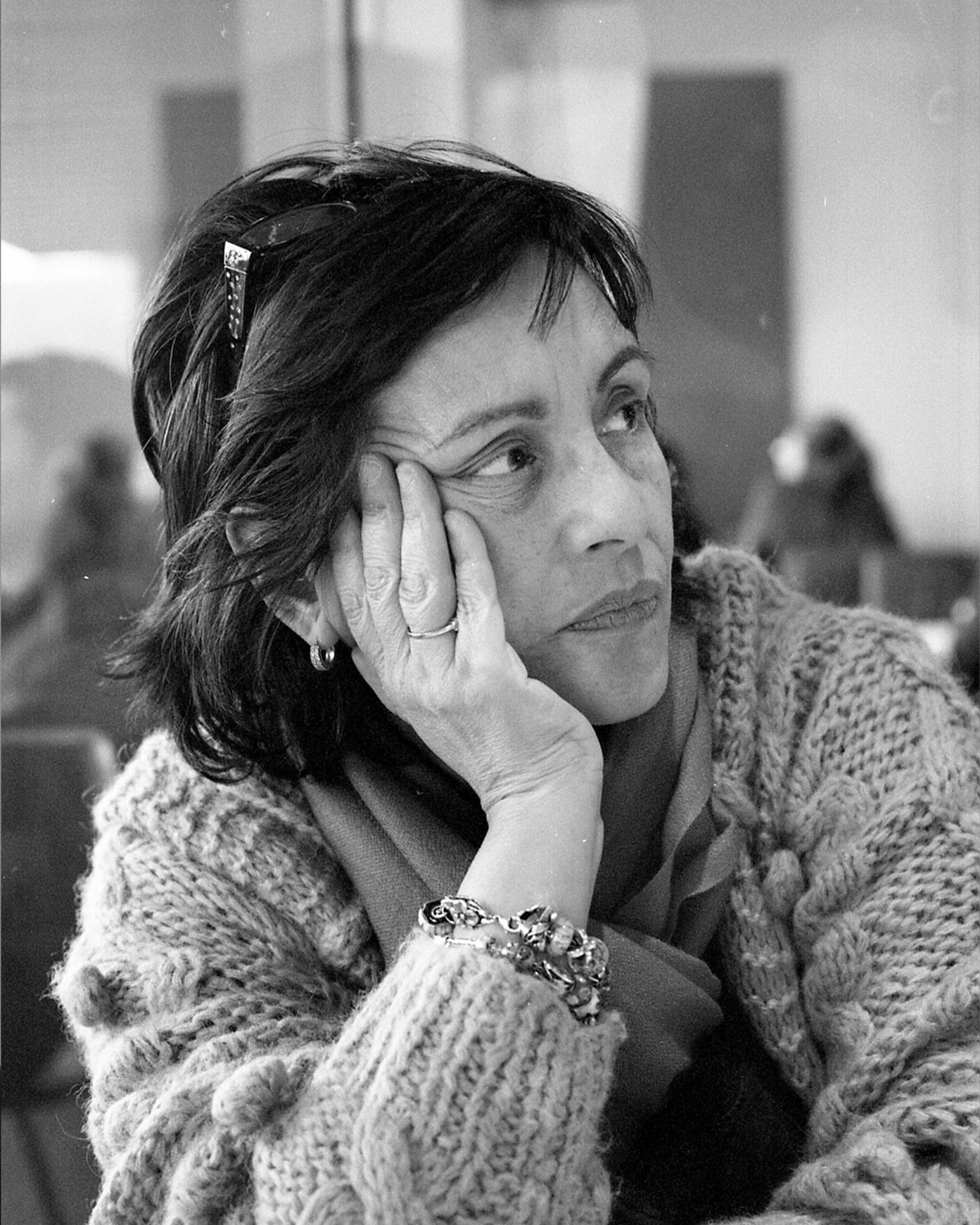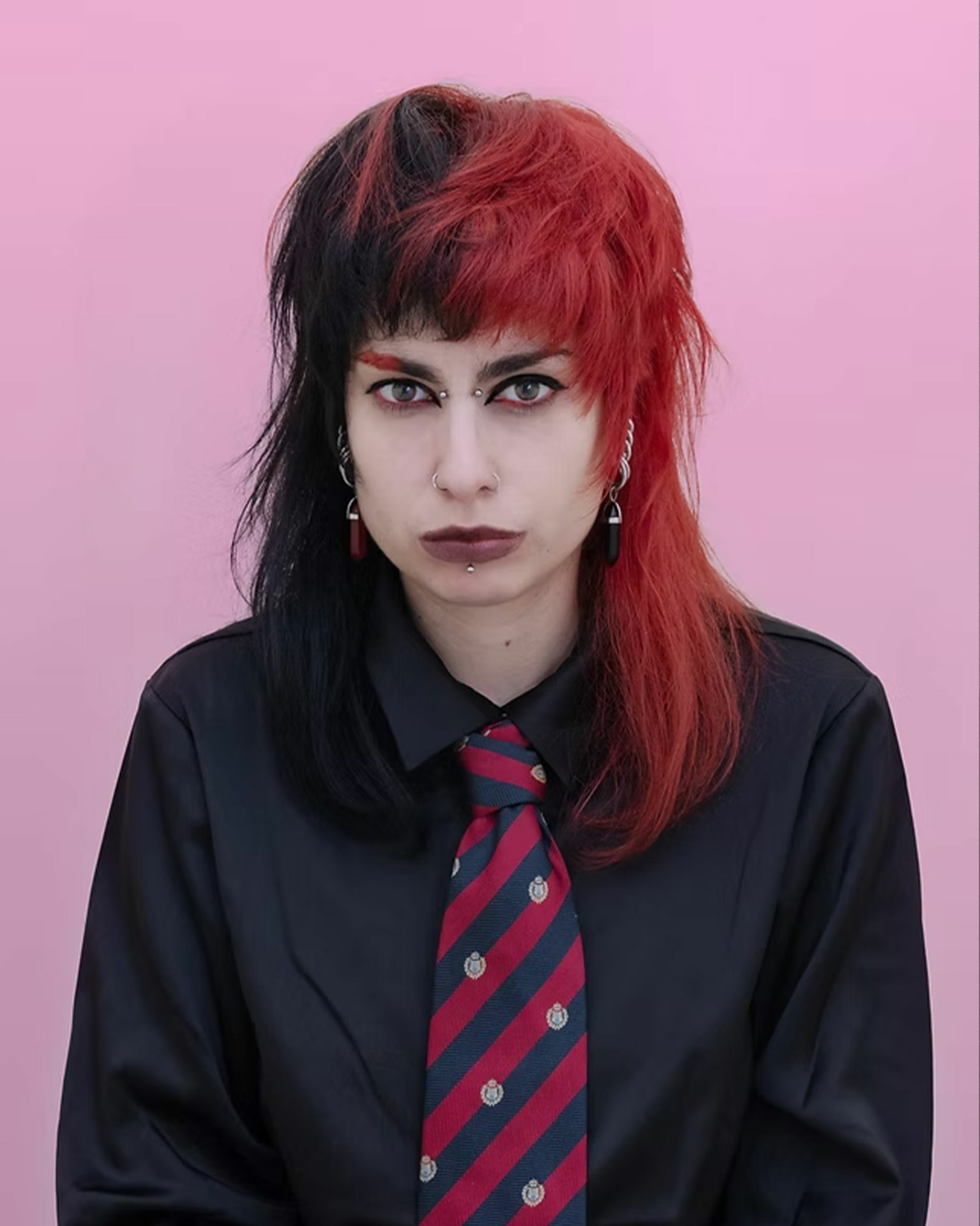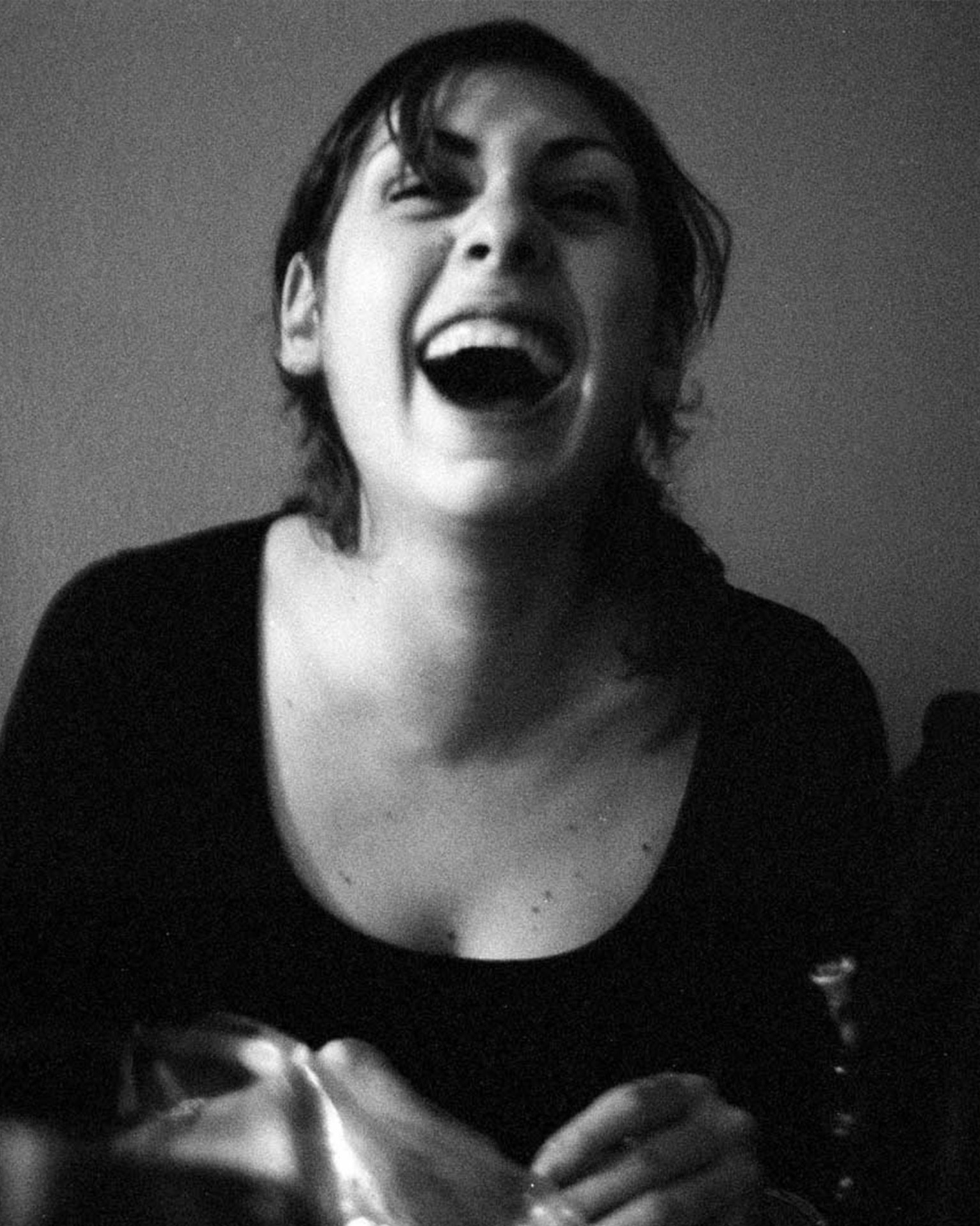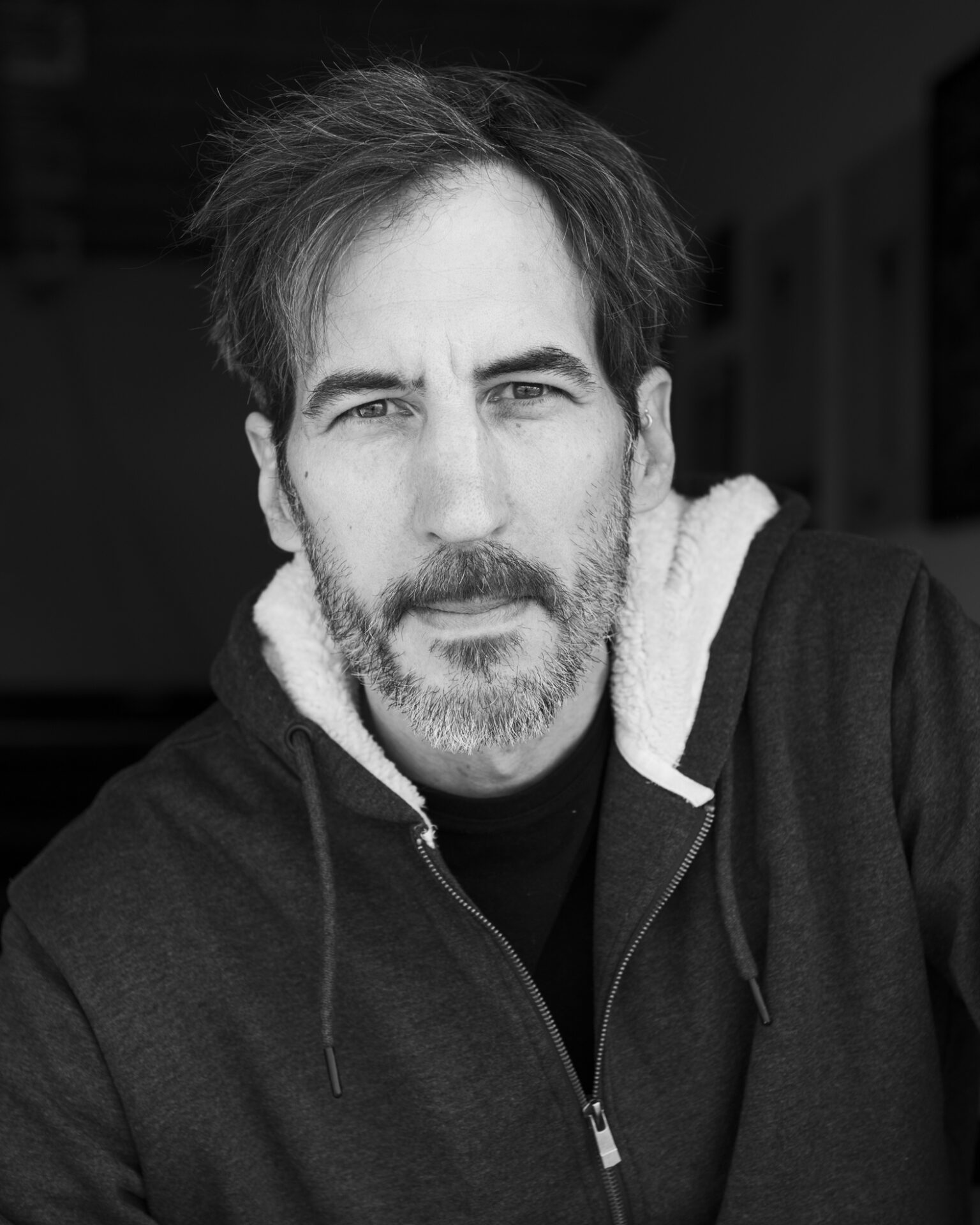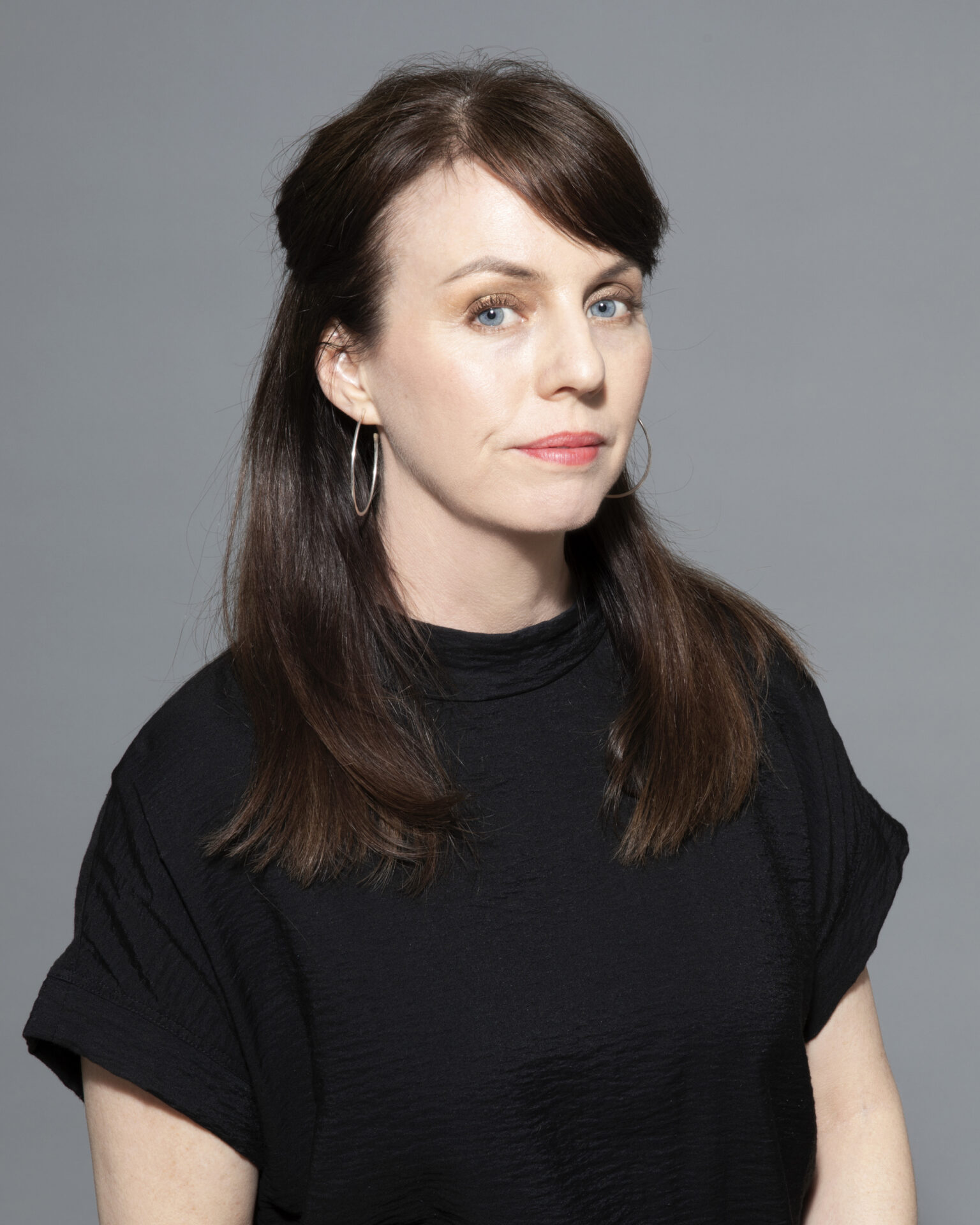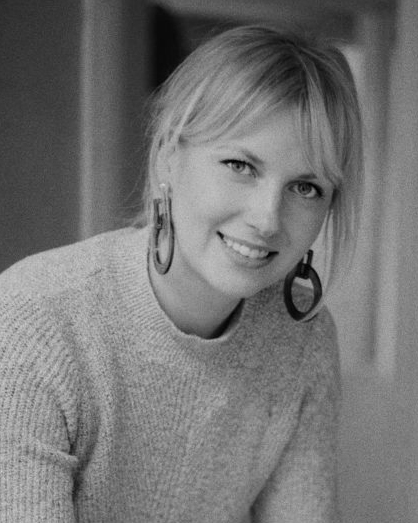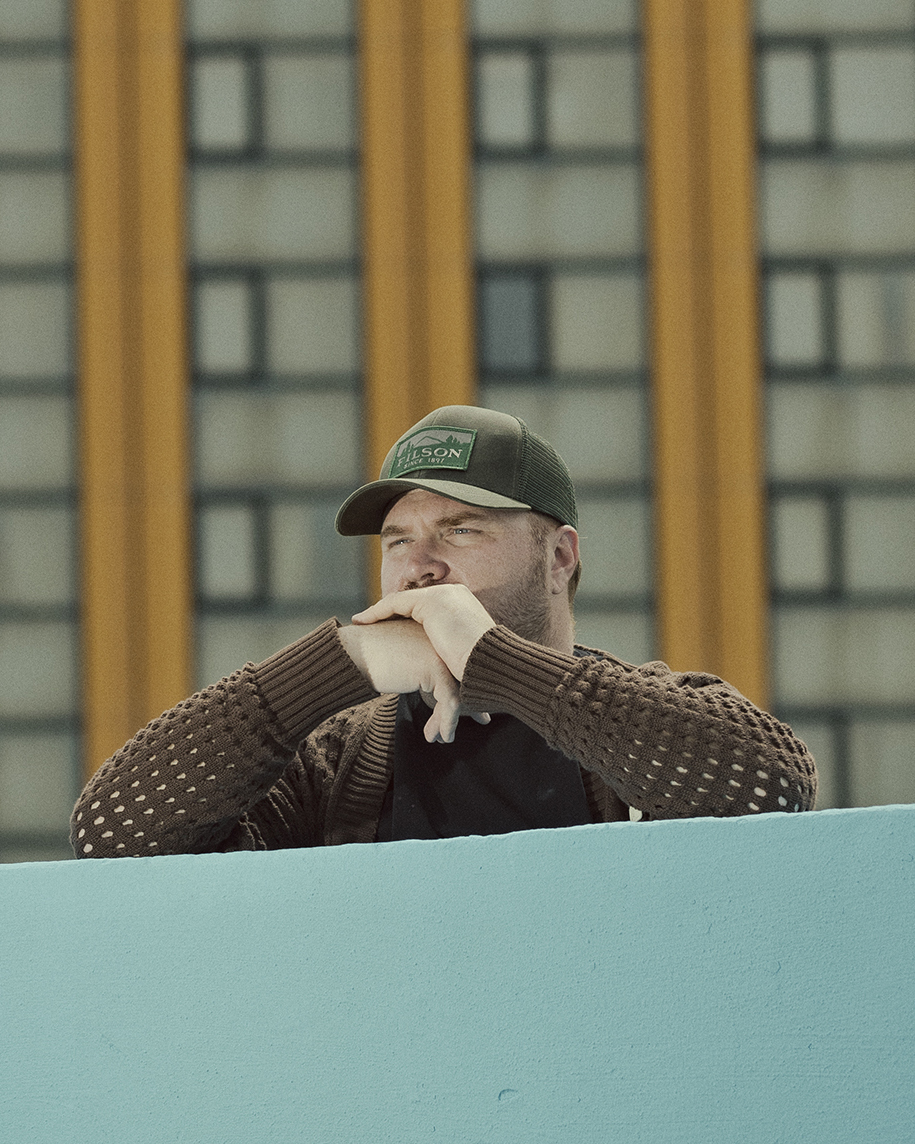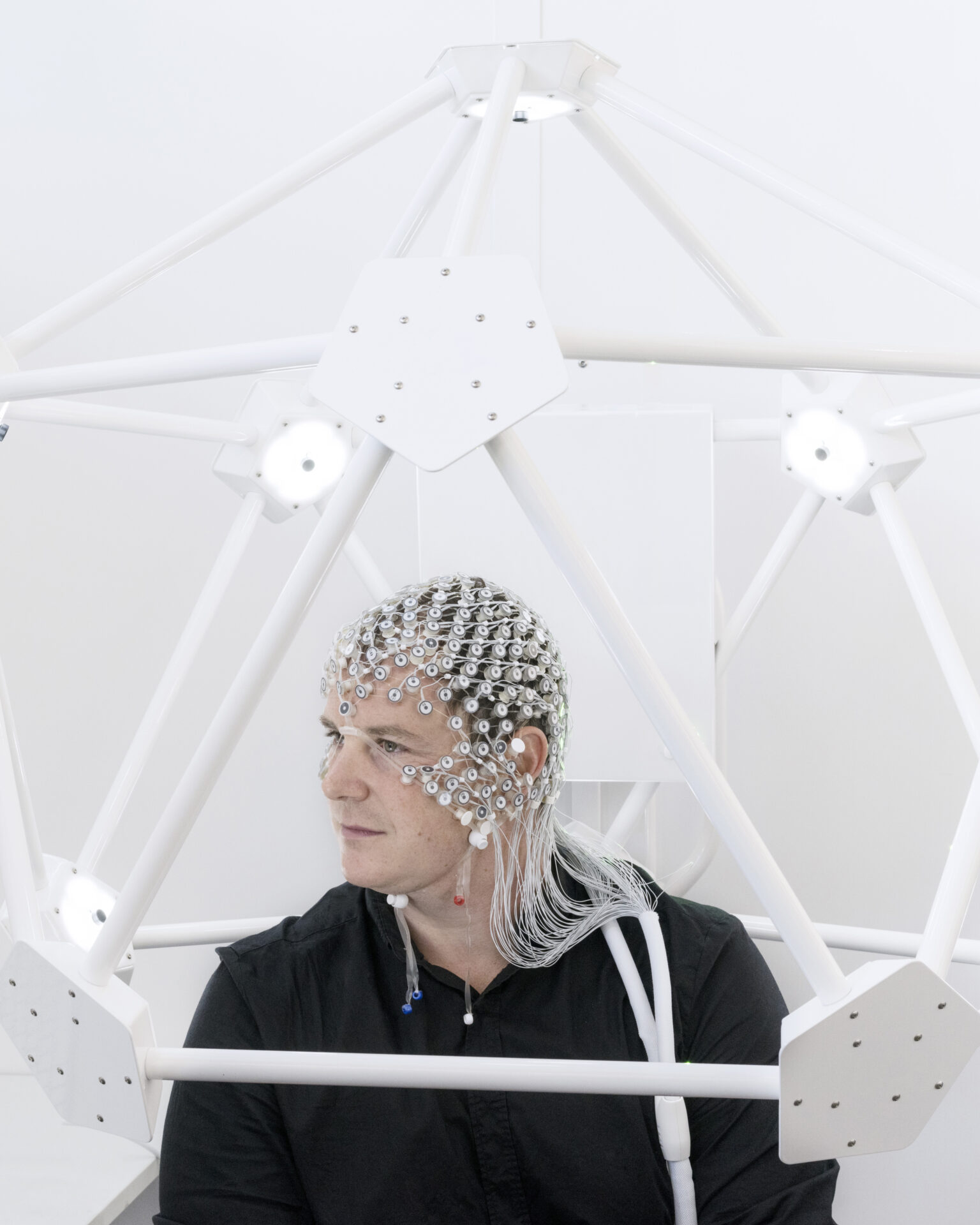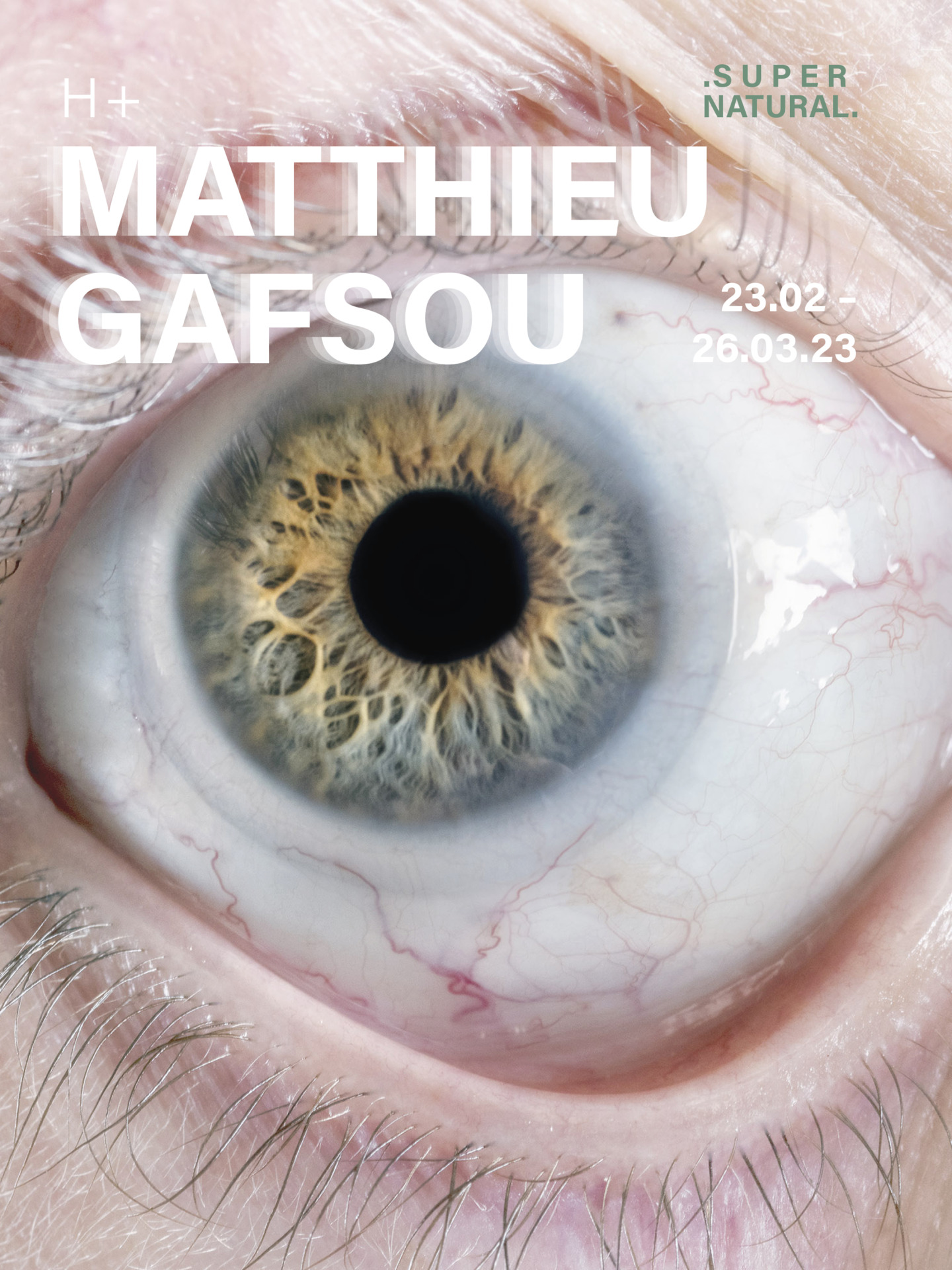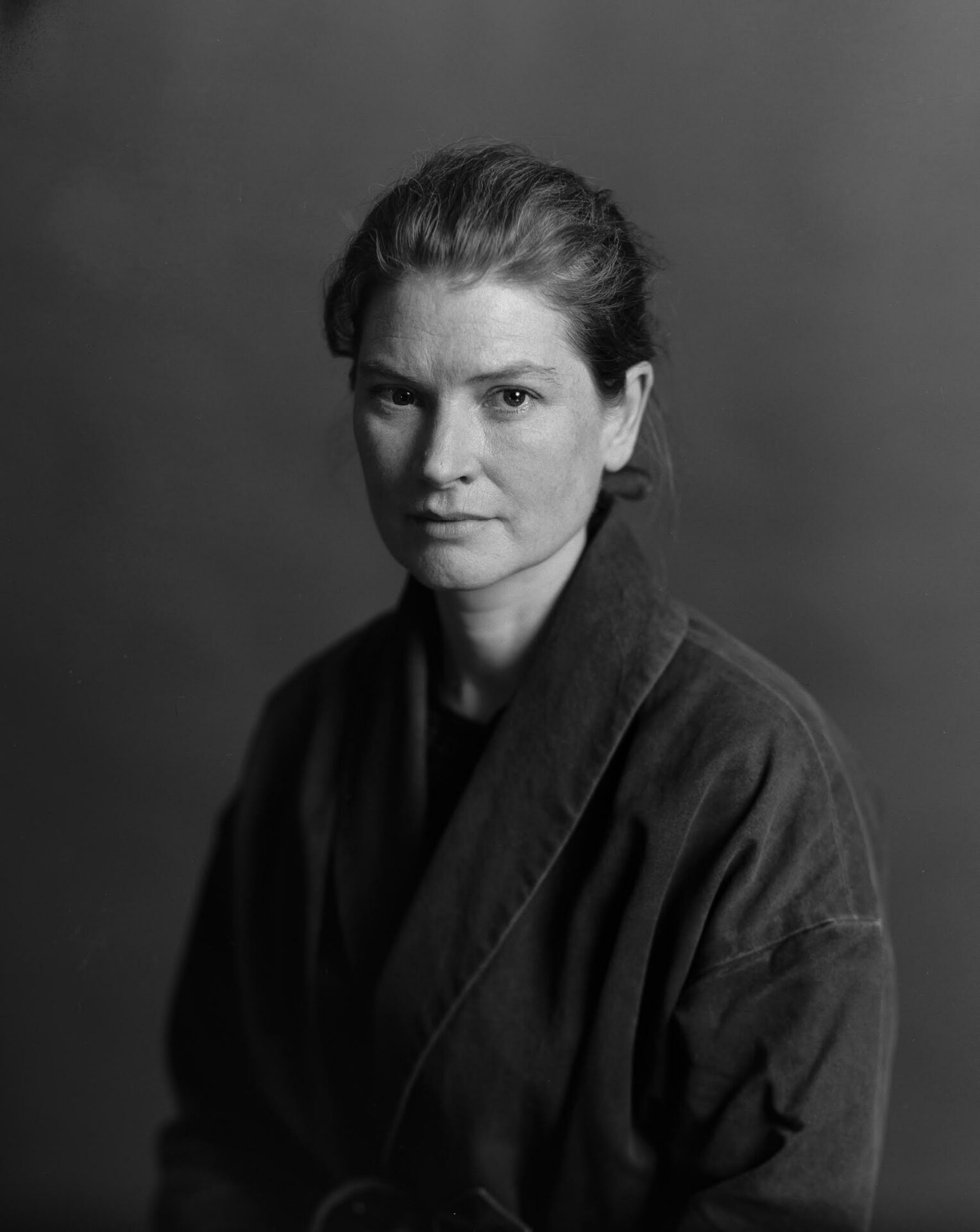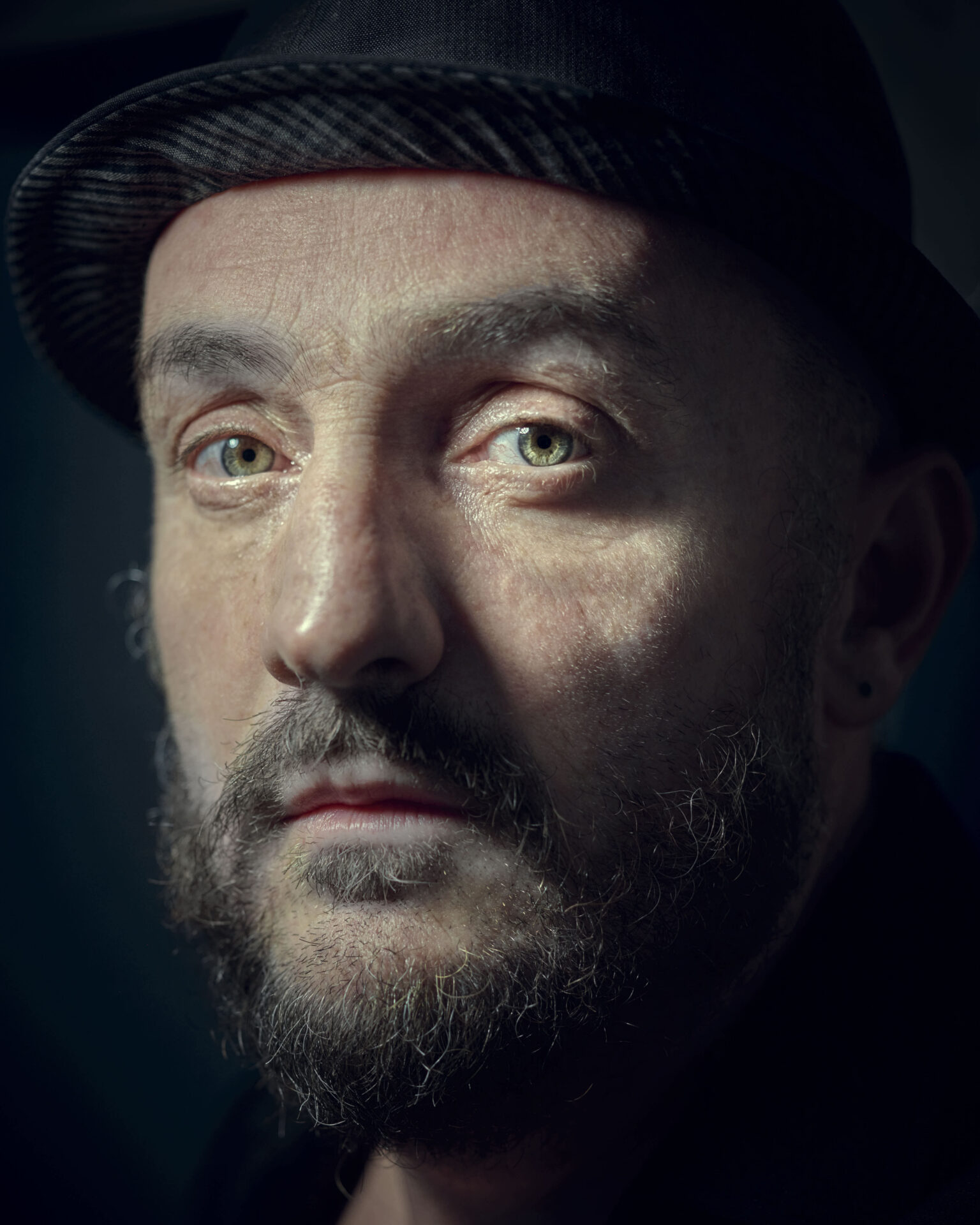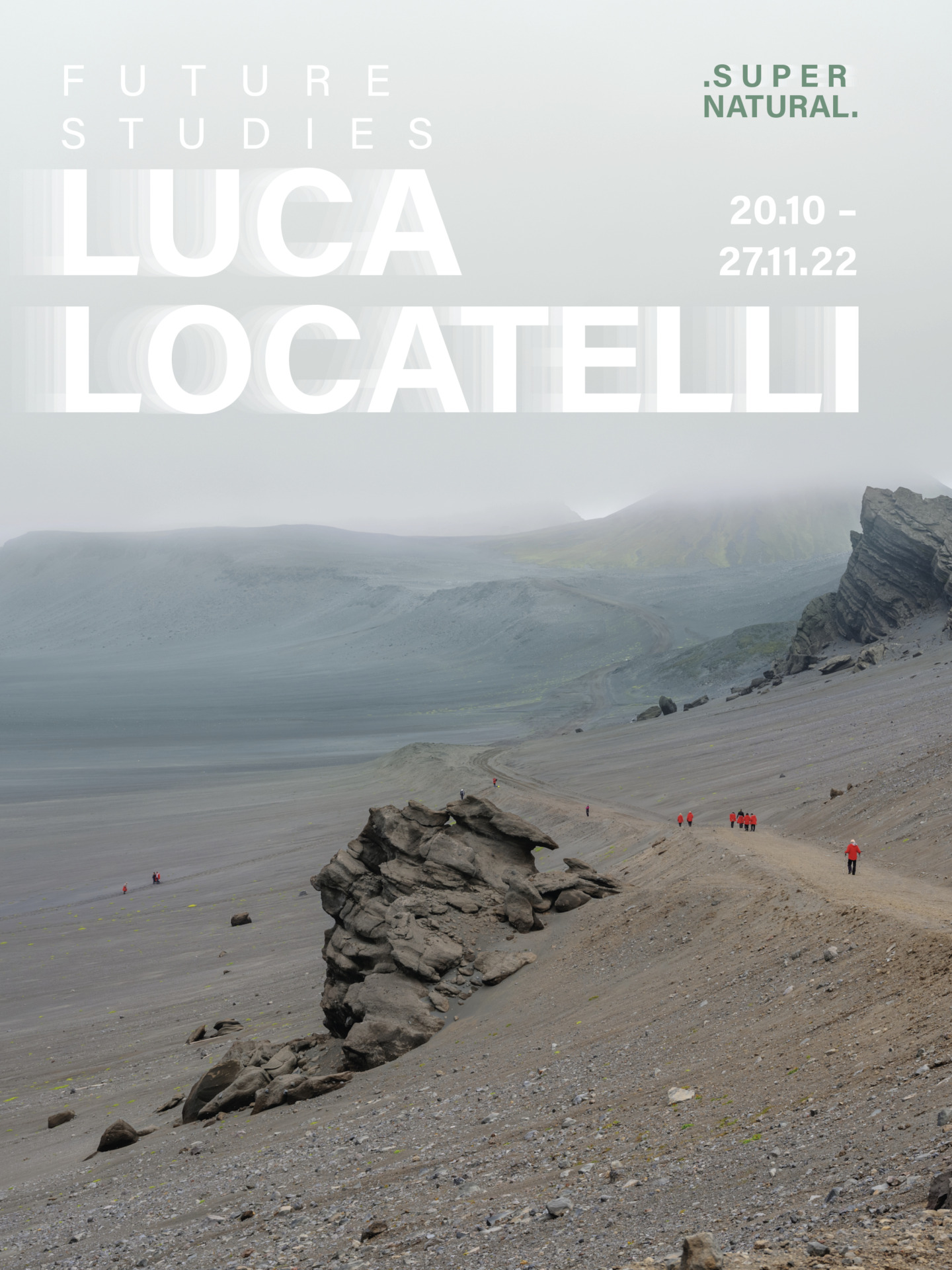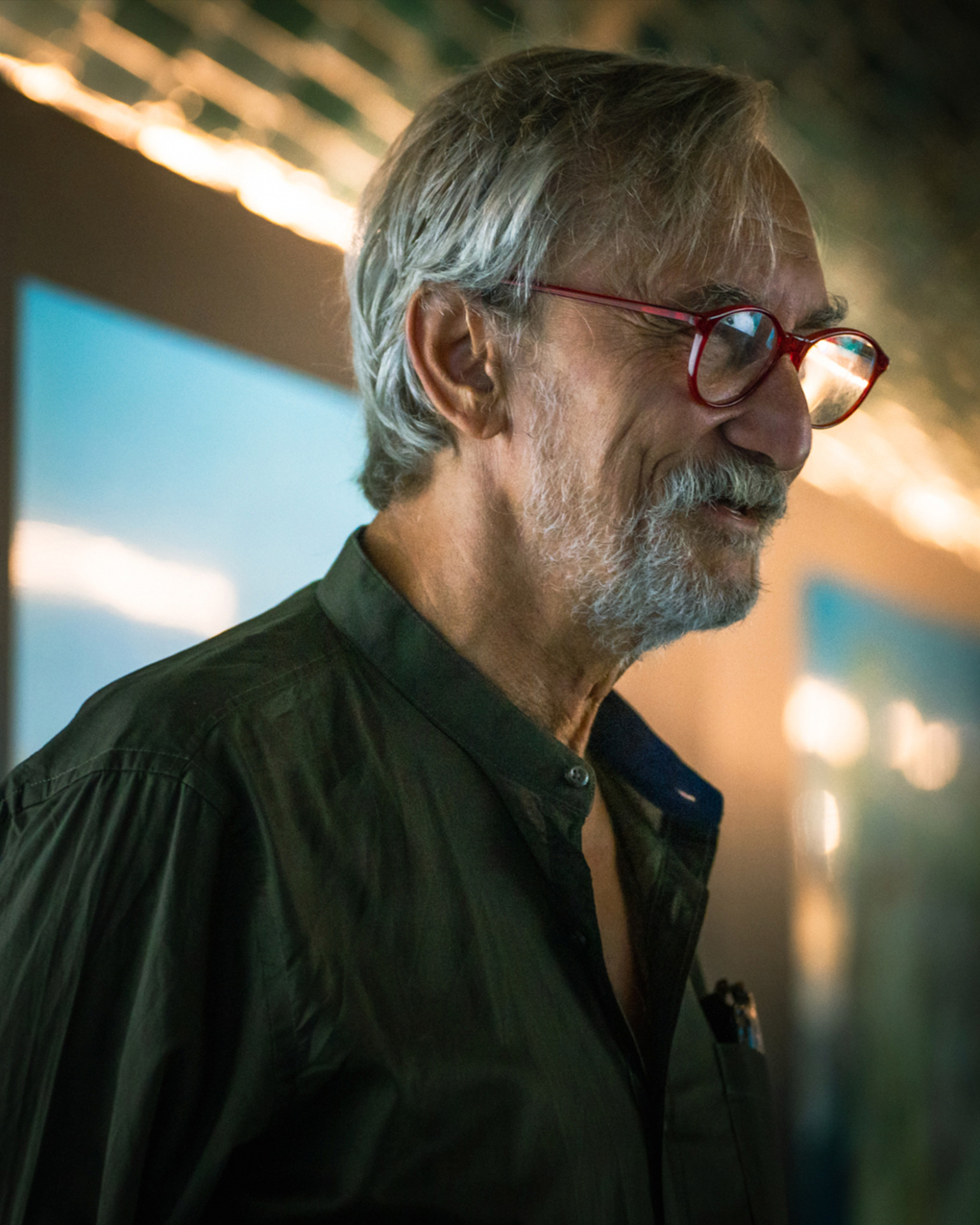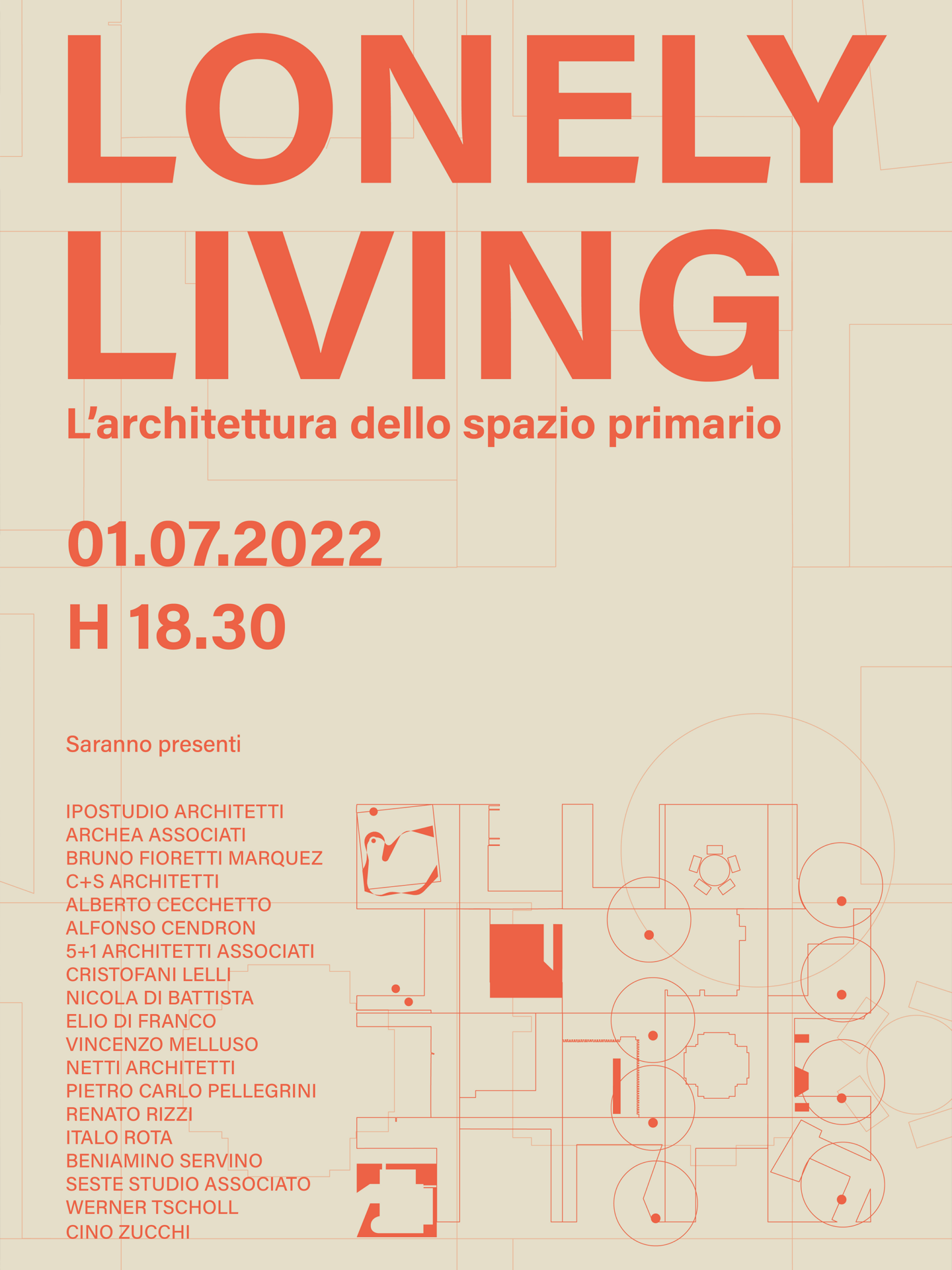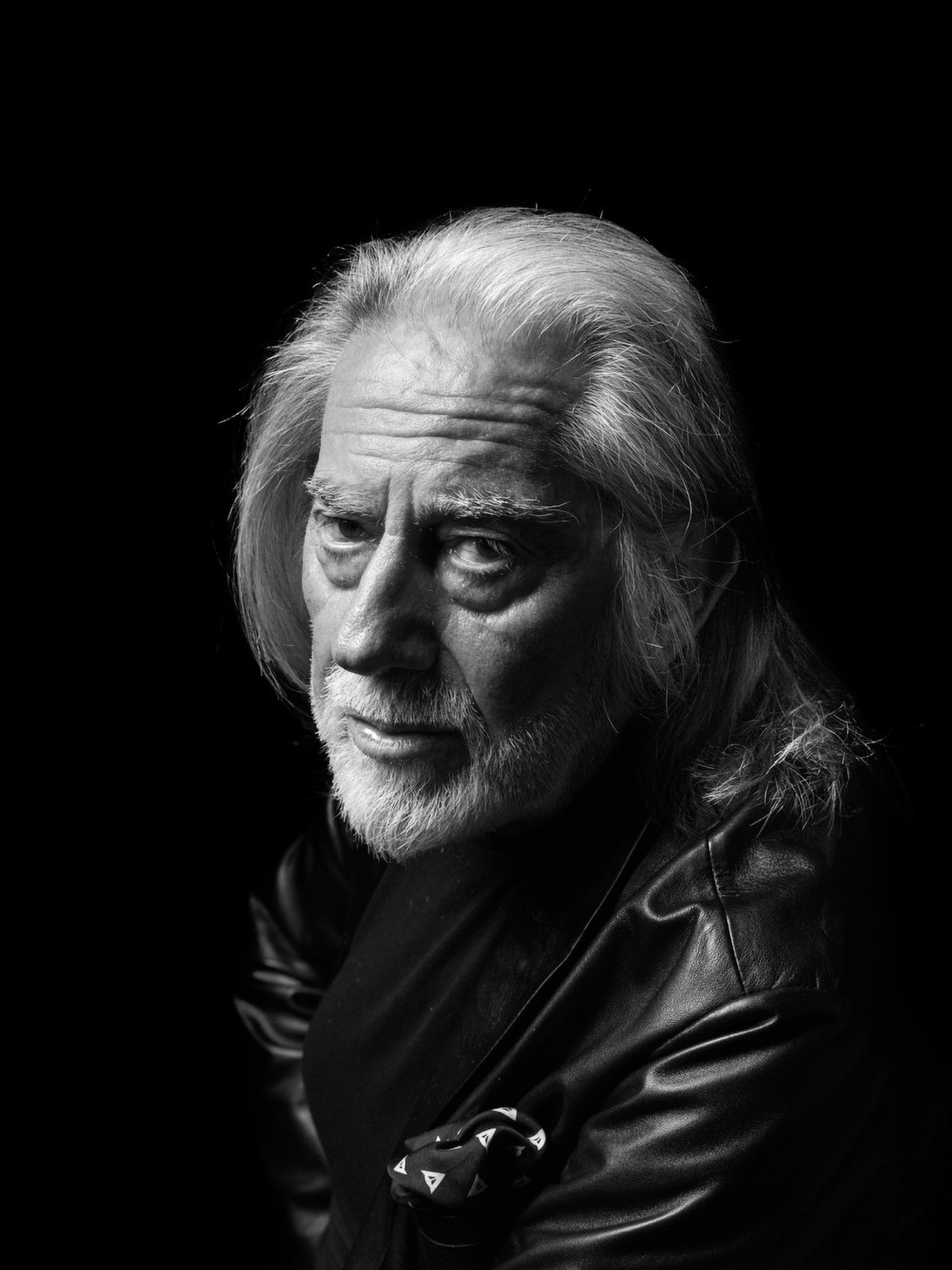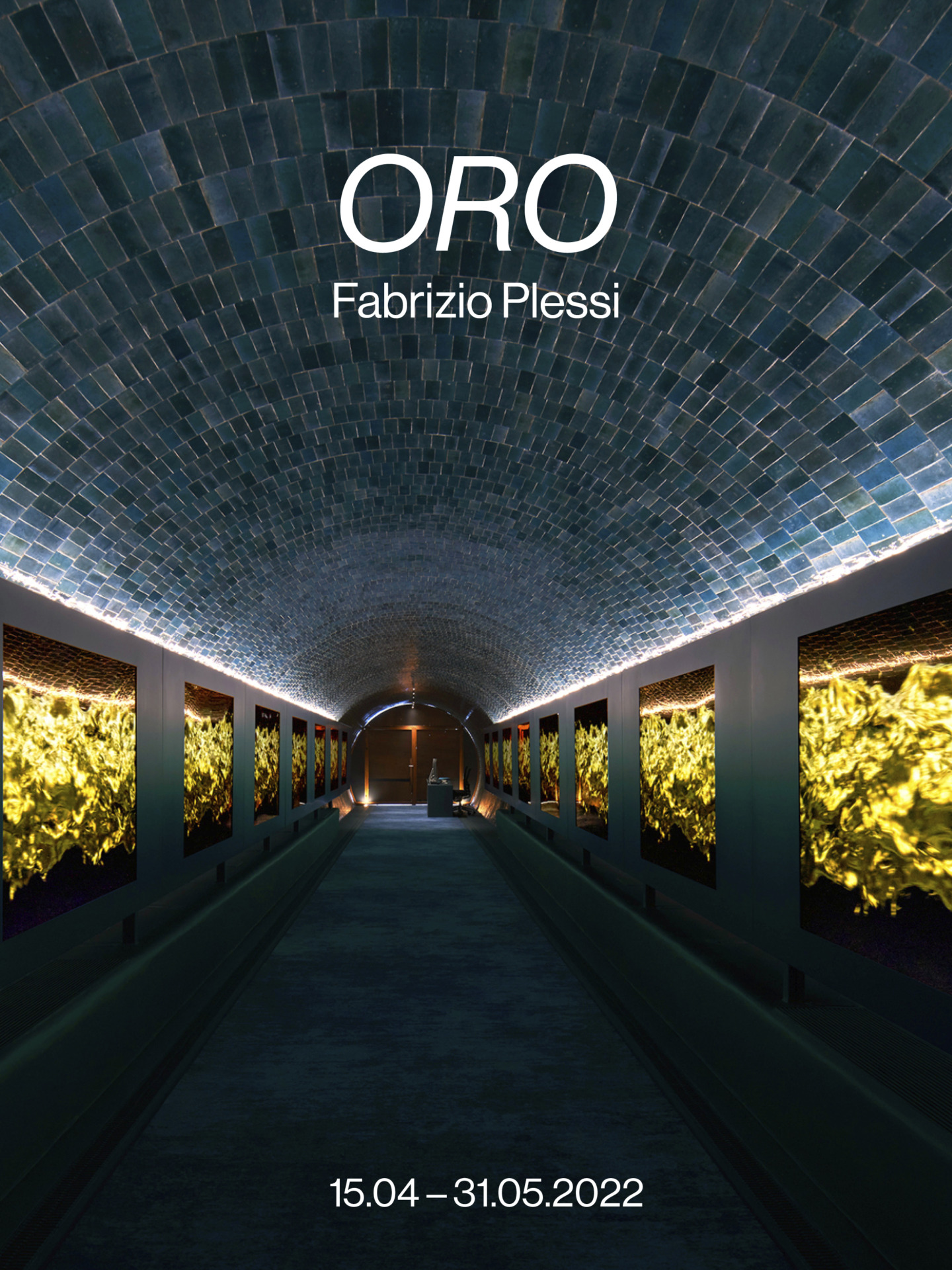Fabrizio Plessi
Fabrizio Plessi (Reggio Emilia, 1940) lives and works between Venice and Palma de Mallorca. He is one of the pioneers of Italian video art and among the first to use the television monitor as an artistic material, transforming water and fire into digital flows (his first video installation dates back to 1974).
He has participated regularly in the Venice Biennale since 1970 and in major international exhibitions such as Documenta in Kassel. His works combine video, architecture, and natural materials (wood, iron, marble), creating a dialogue between technology and humanity. Alongside his use of video, drawing remains a central and constant element of his creative research.
Plessi has exhibited in some of the world’s leading museums — including the Guggenheim in New York and Bilbao, the Ludwig Museum, the MoCA in San Diego, and the Miró Foundation in Barcelona — and has created monumental installations such as Mare Verticale (Venice Biennale, 2005).
He is also known for his site-specific projects in historic locations such as Piazza San Marco, the Valley of the Temples, and Palazzo Te, as well as for his electronic stage designs for works by Philip Glass and Michael Nyman.
Among his more recent projects are FenixDNA (Teatro La Fenice, 2017), The Soul of Stone (Pushkin Museum, 2018), a retrospective at the Palma de Mallorca Museum (2019), and L’Età dell’Oro / The Golden Age (Museo Correr, 2020). At the Brenner Pass, he designed the Plessi Museum (2013), an avant-garde museum conceived as a single, large-scale artwork.
He has served as Professor of Humanization of Technologies and Electronic Set Design at the Kunsthochschule für Medien in Cologne.





